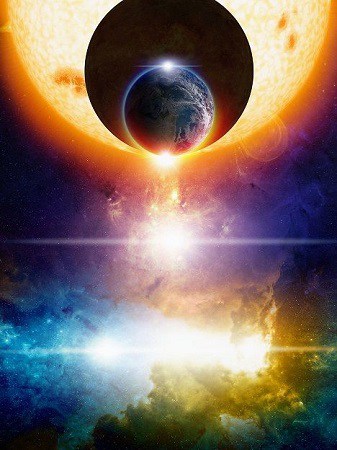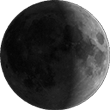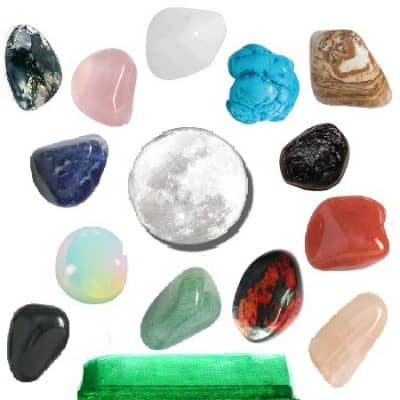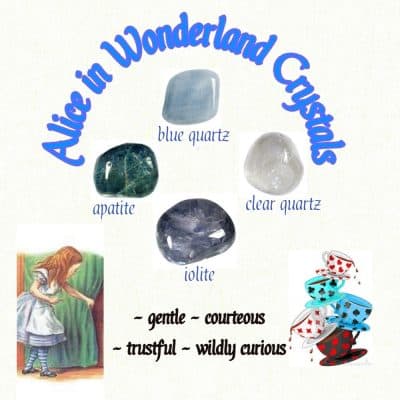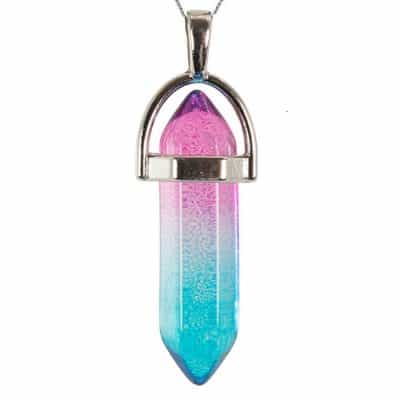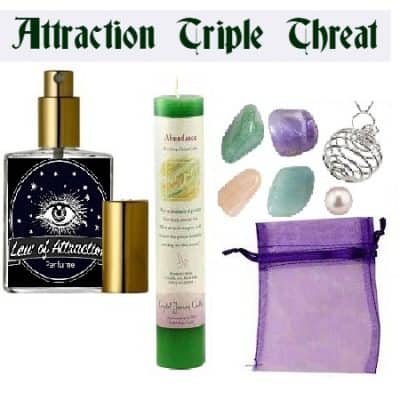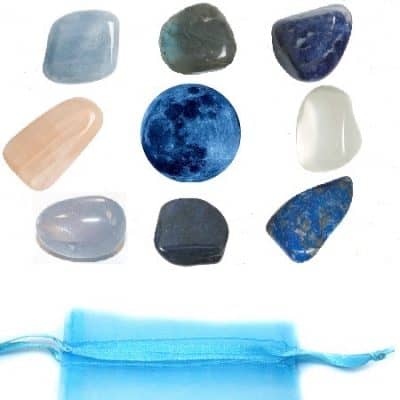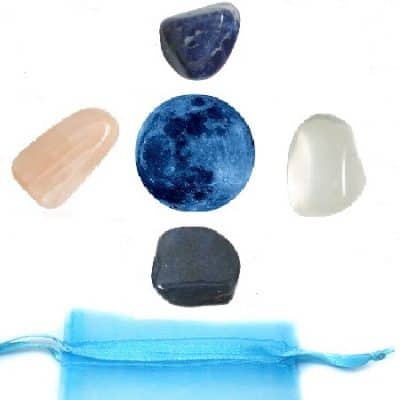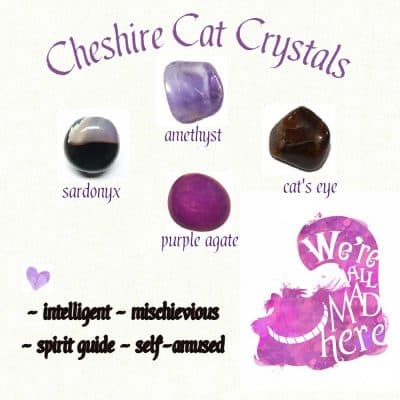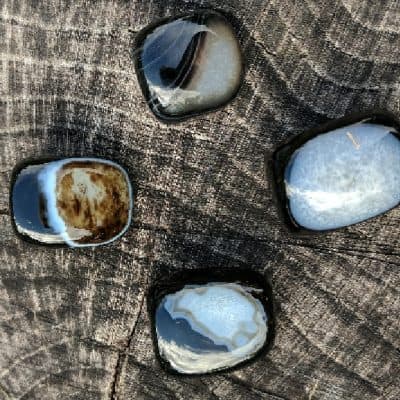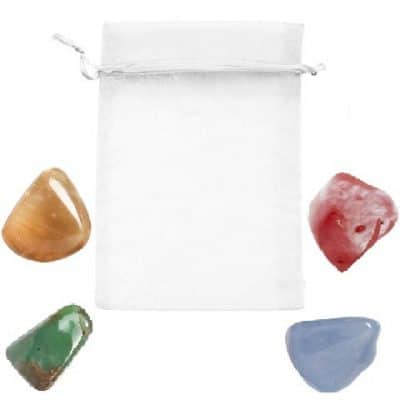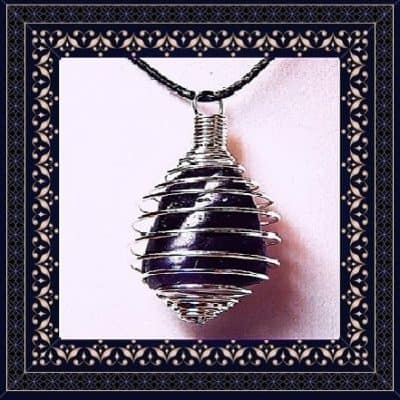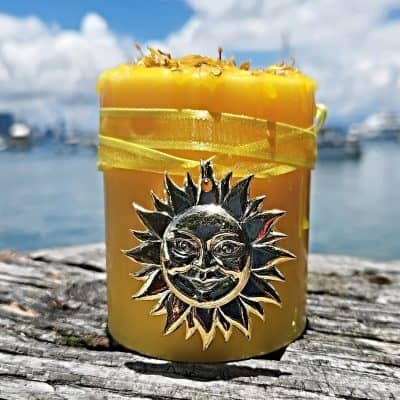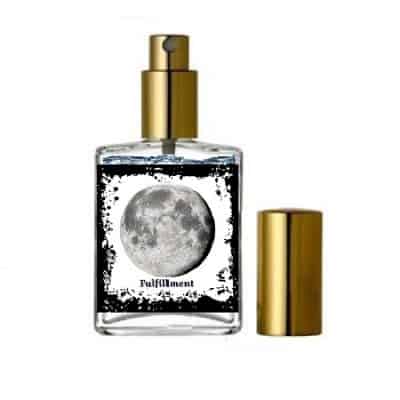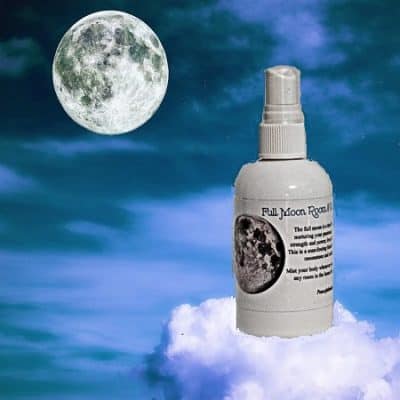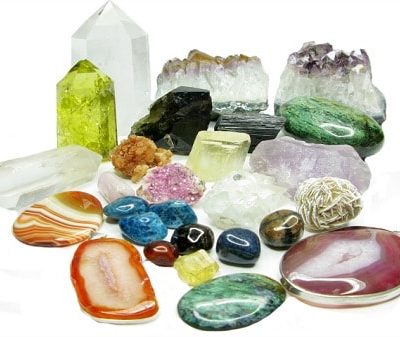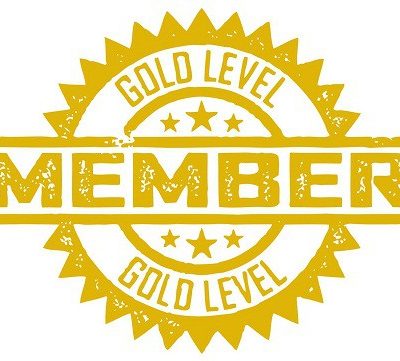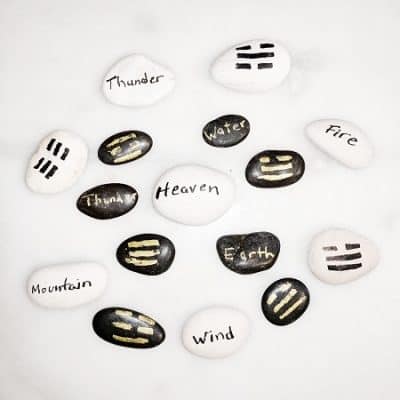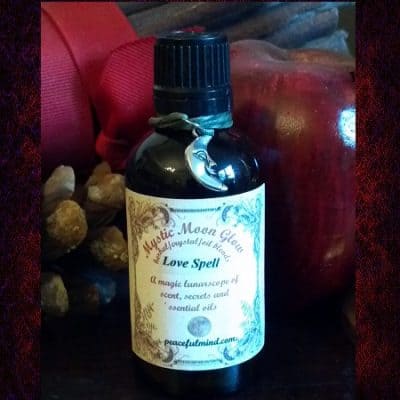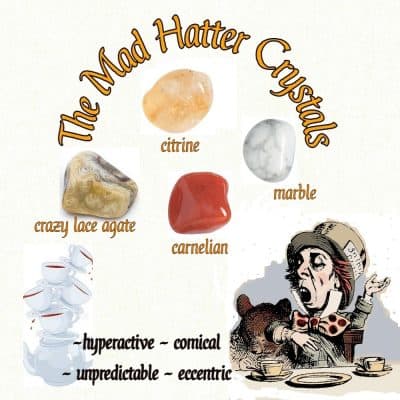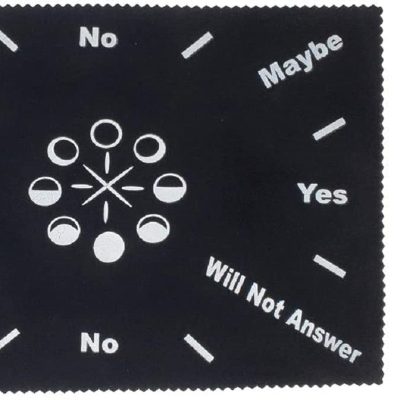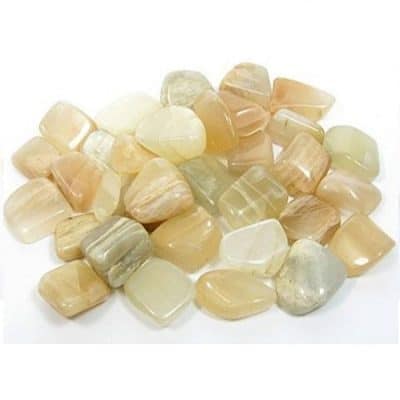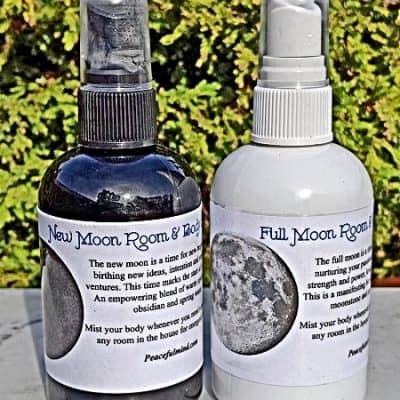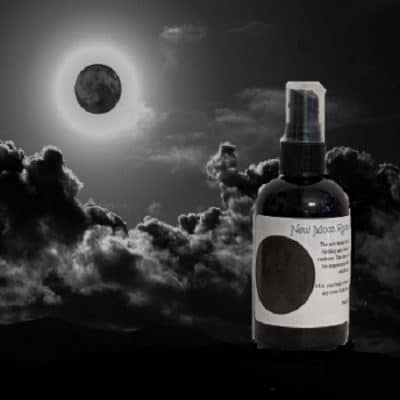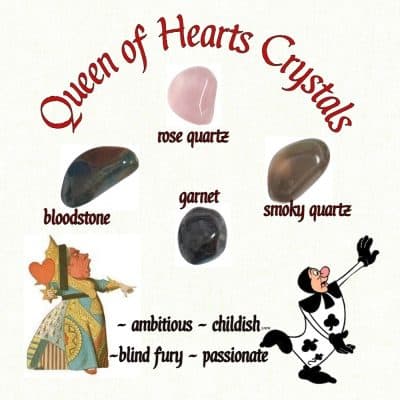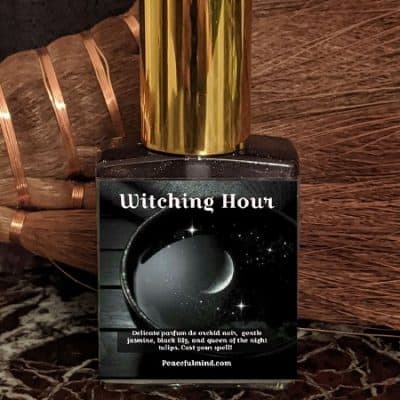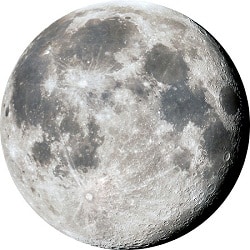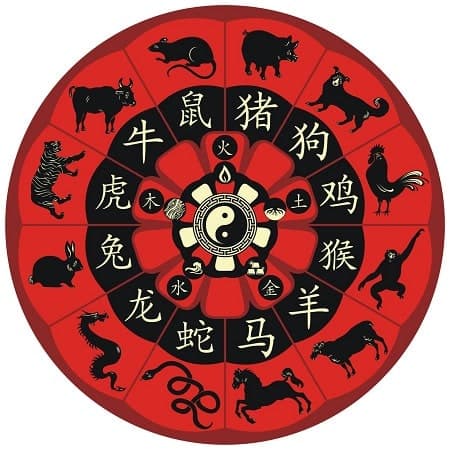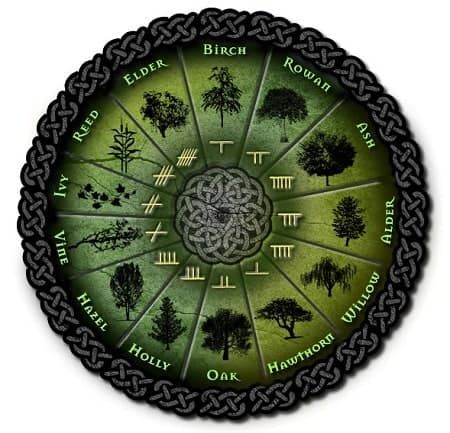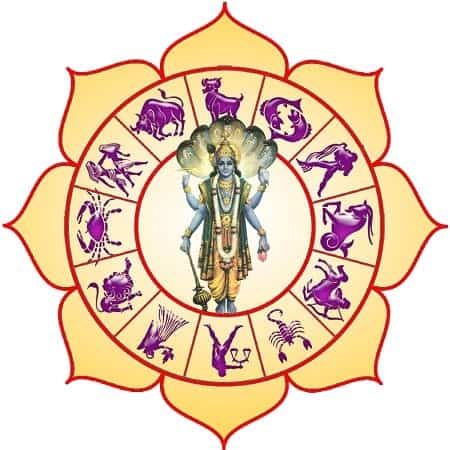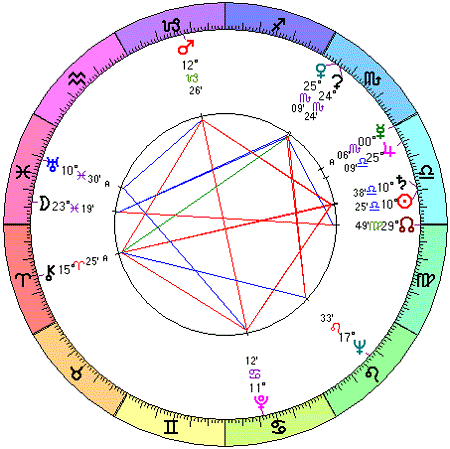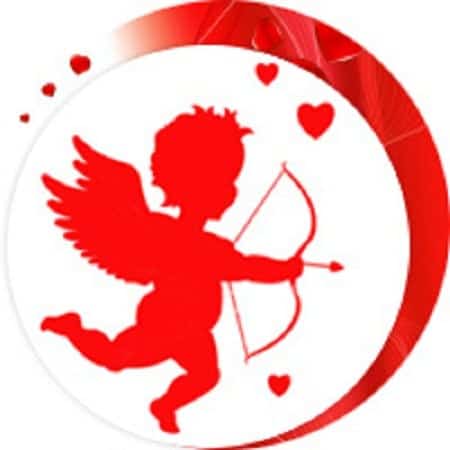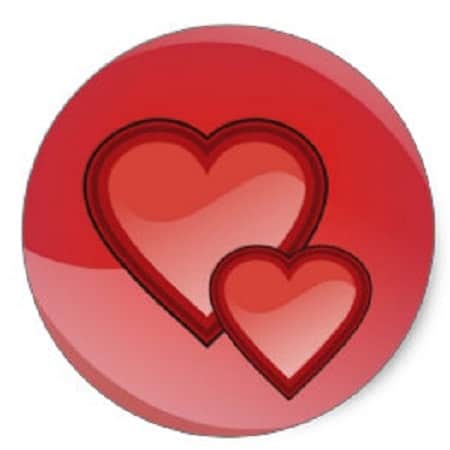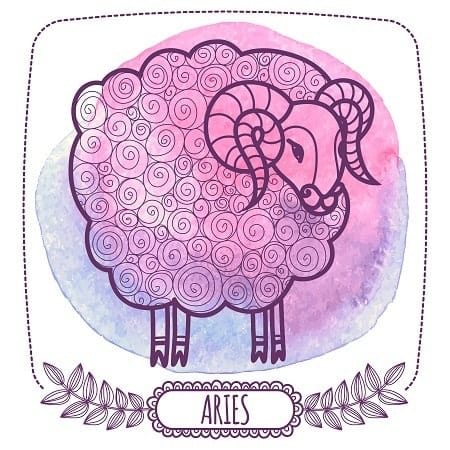
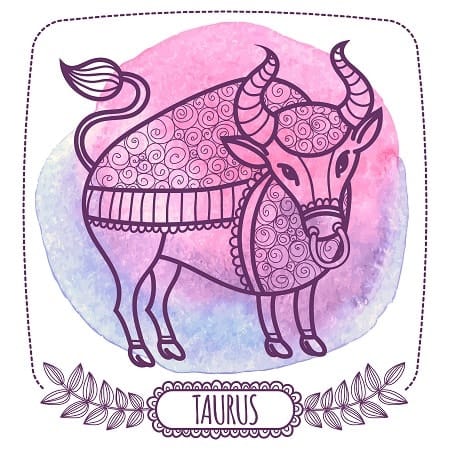
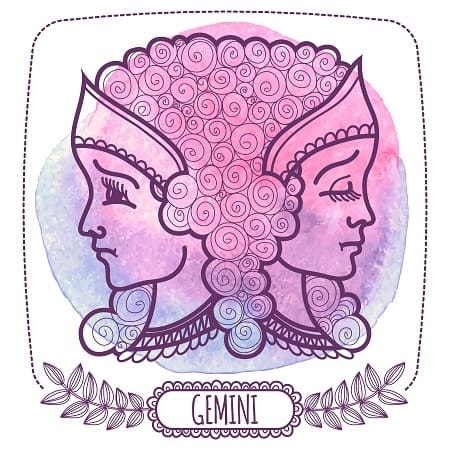
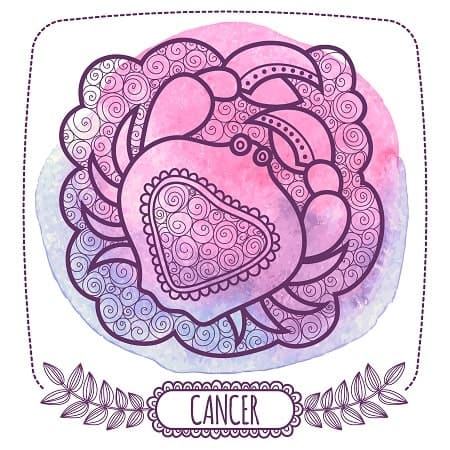
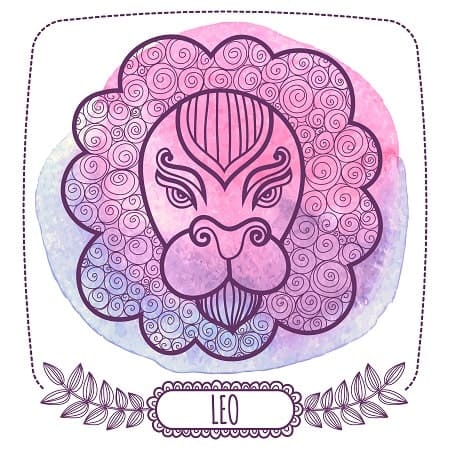

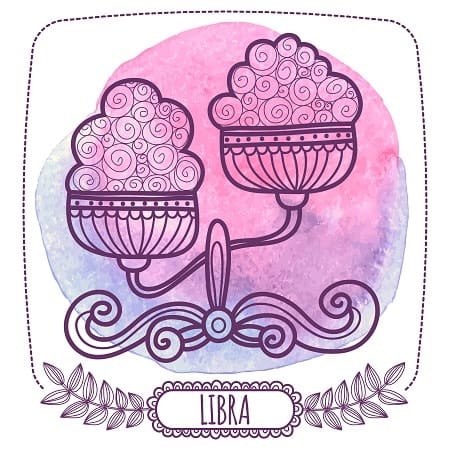
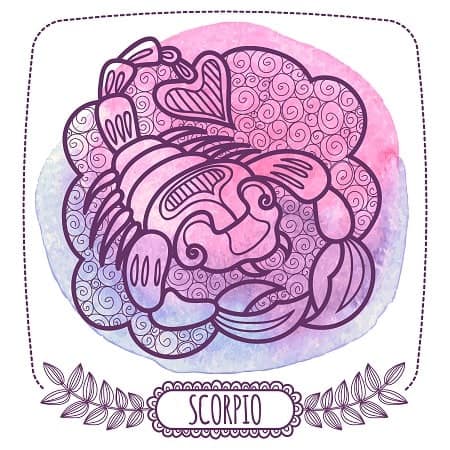
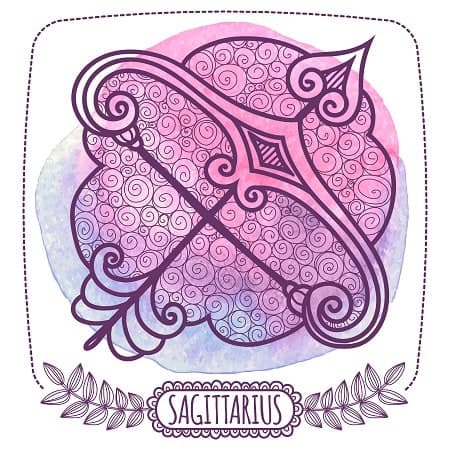
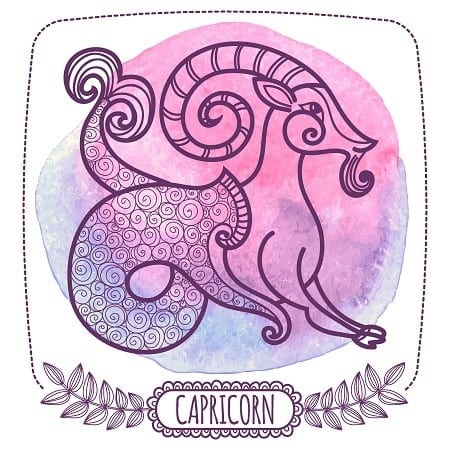
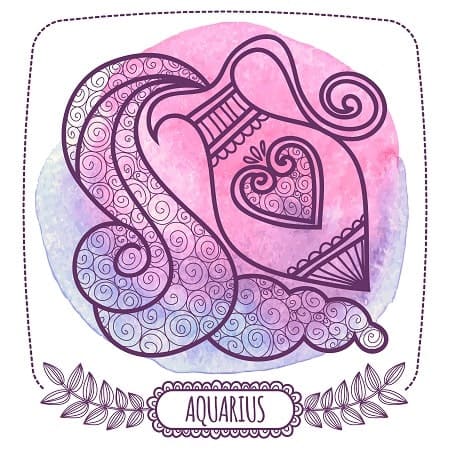
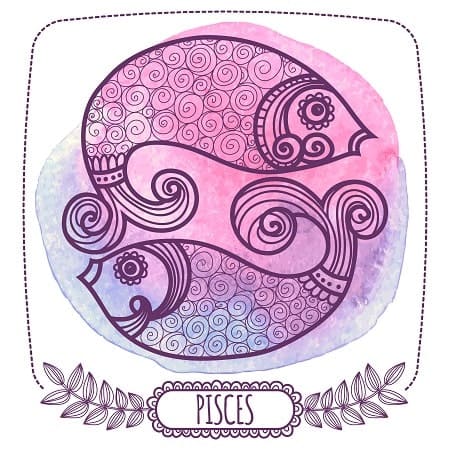

“Celestial Relationships” with Tonio
Tonio’s unique method is based on the psychology of each sign. We all know that each sign has their specific traits. We also know that each sign is influenced by their associated planets, moon and sun signs. Sun sign compatibility takes into account only one of hundreds of compatibility factors. Many other factors are involved when evaluating the compatibility of two people.
“Celestial Relationships”(tm) is what Tonio has developed through his groundbreaking work, which takes into account the parental, environmental and formative years of each individual in relation to their desires, dreams and destiny!
With “Celestial Relationships”(tm), there is no judgement when it comes to the astrological sciences. Tonio works on the energetic relationships between two people! By planning your life around your celestial connections, it can be so easy to create a harmonic work environment, a wonderful companion and even a good association with your family! Want to know more?
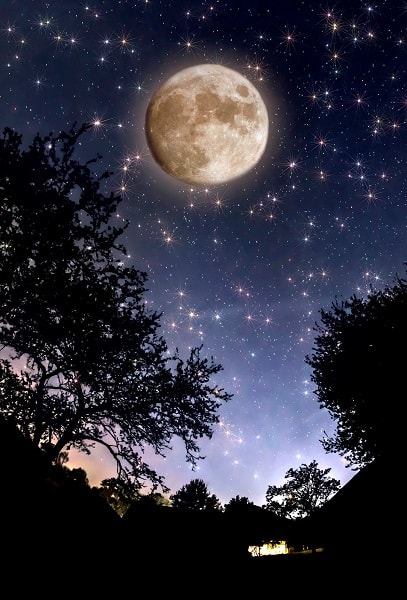
Moon Talk: Lunar Dynamics
Your sun sign gives an in-depth look into what makes up your personality or your soul. This system of astrology, which considers only the position of the Sun at birth, places one “personality” within one of the twelve zodiac signs. Also called your “star sign” this basic twelve-fold division relates the current movements of all the planets to each other.
But your moon sign is the sign occupied by the Moon at your time of birth, and is an indicator of your emotional and physical nature. It describes your unconscious, instinctive reactions, what is innate.
Learn all about the power of the moon…
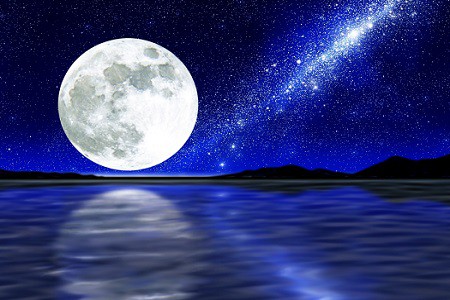
2024 Supermoons
The next Supermoons comes:
- 19th Aug 2024: Full “Super Sturgeon Moon”
- 18th Sep 2024: Full “Super Corn Moon”
- 17th Oct 2024: Full “Super Hunter Moon”
- 15th Nov 2024: Full “Super Beaver Moon”
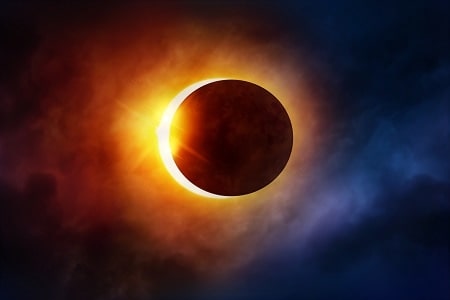
Eclipses for 2024
- Penumbral lunar eclipse on March 24-25.
- Total solar eclipse on April 8.(***)
- Partial lunar eclipse on September 17-18.
- An annular solar eclipse on October 2.
(***) A total solar eclipse will take place at the Moon’s ascending node on Monday, April 8, 2024, visible across North America and dubbed the Great North American Eclipse
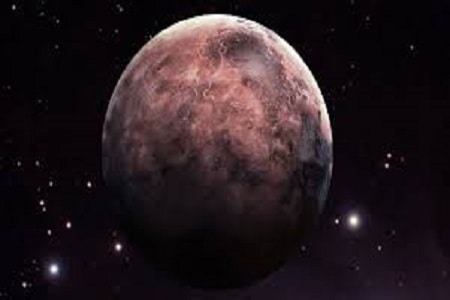
Mercury in Retrograde
- April 1 to April 24, 2024: Mercury retrograde in Aries
- August 5 to August 27, 2024: Mercury retrograde in Leo
- November 25 to December 15, 2024: Mercury retrograde in Sagittarius
2024 Celestial Events: “Supermoons, Blue Moon, Eclipses, O My”
January
February
March
-
March 10 – New Moon. The Moon will located on the same side of the Earth as the Sun and will not be visible in the night sky. This phase occurs at 09:02 UTC. This is the best time of the month to observe faint objects such as galaxies and star clusters because there is no moonlight to interfere.
-
March 20 – March Equinox. The March equinox occurs at 03:01 UTC. The Sun will shine directly on the equator and there will be nearly equal amounts of day and night throughout the world. This is also the first day of spring (vernal equinox) in the Northern Hemisphere and the first day of fall (autumnal equinox) in the Southern Hemisphere.
-
March 24 – Mercury at Greatest Eastern Elongation. The planet Mercury reaches greatest eastern elongation of 18.7 degrees from the Sun. This is the best time to view Mercury since it will be at its highest point above the horizon in the evening sky. Look for the planet low in the western sky just after sunset.
-
March 25 – Full Moon. The Moon will be located on the opposite side of the Earth as the Sun and its face will be will be fully illuminated. This phase occurs at 07:02 UTC. This full moon was known by early Native American tribes as the Worm Moon because this was the time of year when the ground would begin to soften and the earthworms would reappear. This moon has also been known as the Crow Moon, the Crust Moon, the Sap Moon, and the Lenten Moon.
-
March 25 – Penumbral Lunar Eclipse. A penumbral lunar eclipse occurs when the Moon passes through the Earth’s partial shadow, or penumbra. During this type of eclipse the Moon will darken slightly but not completely. The eclipse will be visible throughout all North America, Mexico, Central America, and South America.
April
-
April 8 – New Moon. The Moon will located on the same side of the Earth as the Sun and will not be visible in the night sky. This phase occurs at 18:22 UTC. This is the best time of the month to observe faint objects such as galaxies and star clusters because there is no moonlight to interfere.
-
April 8 – Total Solar Eclipse. A total solar eclipse occurs when the moon completely blocks the Sun, revealing the Sun’s beautiful outer atmosphere known as the corona. This is a rare, once-in-a-lifetime event for viewers in the United States. The last total solar eclipse visible in the continental United States occurred in 2017 and the next one will not take place until 2045. The path of totality will begin in the Pacific Ocean and move across parts of Mexico and the eastern United States and Nova Scotia. The total eclipse will be visible in parts of Texas, Arkansas, Missouri, Illinois, Indiana, Kentucky, Ohio, Pennsylvania, New York, Vermont, New Hampshire, and Maine. (NASA Map and Eclipse )
-
April 22, 23 – Lyrids Meteor Shower. The Lyrids is an average shower, usually producing about 20 meteors per hour at its peak. It is produced by dust particles left behind by comet C/1861 G1 Thatcher, which was discovered in 1861. The shower runs annually from April 16-25. It peaks this year on the night of the night of the 22nd and morning of the 23rd. These meteors can sometimes produce bright dust trails that last for several seconds. Unfortunately the glare of the full moon will block out all but the brightest meteors this year. But if you are patient, you may still be able to catch a few good ones. Best viewing will be from a dark location after midnight. Meteors will radiate from the constellation Lyra, but can appear anywhere in the sky.
-
April 23 – Full Moon. The Moon will be located on the opposite side of the Earth as the Sun and its face will be will be fully illuminated. This phase occurs at 23:50 UTC. This full moon was known by early Native American tribes as the Pink Moon because it marked the appearance of the moss pink, or wild ground phlox, which is one of the first spring flowers. This moon has also been known as the Sprouting Grass Moon, the Growing Moon, and the Egg Moon. Many coastal tribes called it the Fish Moon because this was the time that the shad swam upstream to spawn.
May
-
May 6, 7 – Eta Aquarids Meteor Shower. The Eta Aquarids is an above average shower, capable of producing up to 60 meteors per hour at its peak. Most of the activity is seen in the Southern Hemisphere. In the Northern Hemisphere, the rate can reach about 30 meteors per hour. It is produced by dust particles left behind by comet Halley, which has been observed since ancient times. The shower runs annually from April 19 to May 28. It peaks this year on the night of May 6 and the morning of the May 7. The nearly new moon means dark skies for what should be an excellent show this year. Best viewing will be from a dark location after midnight. Meteors will radiate from the constellation Aquarius, but can appear anywhere in the sky.
-
May 8 – New Moon. The Moon will located on the same side of the Earth as the Sun and will not be visible in the night sky. This phase occurs at 03:23 UTC. This is the best time of the month to observe faint objects such as galaxies and star clusters because there is no moonlight to interfere.
-
May 9 – Mercury at Greatest Western Elongation. The planet Mercury reaches greatest western elongation of 26.4 degrees from the Sun. This is the best time to view Mercury since it will be at its highest point above the horizon in the morning sky. Look for the planet low in the eastern sky just before sunrise.
-
May 23 – Full Moon. The Moon will be located on the opposite side of the Earth as the Sun and its face will be will be fully illuminated. This phase occurs at 13:55 UTC. This full moon was known by early Native American tribes as the Flower Moon because this was the time of year when spring flowers appeared in abundance. This moon has also been known as the Corn Planting Moon and the Milk Moon.
June
-
June 6 – New Moon. The Moon will located on the same side of the Earth as the Sun and will not be visible in the night sky. This phase occurs at 12:39 UTC. This is the best time of the month to observe faint objects such as galaxies and star clusters because there is no moonlight to interfere.
-
June 20 – June Solstice. The June solstice occurs at 20:46 UTC. The North Pole of the earth will be tilted toward the Sun, which will have reached its northernmost position in the sky and will be directly over the Tropic of Cancer at 23.44 degrees north latitude. This is the first day of summer (summer solstice) in the Northern Hemisphere and the first day of winter (winter solstice) in the Southern Hemisphere.
-
June 22 – Full Moon. The Moon will be located on the opposite side of the Earth as the Sun and its face will be will be fully illuminated. This phase occurs at 01:09 UTC. This full moon was known by early Native American tribes as the Strawberry Moon because it signaled the time of year to gather ripening fruit. It also coincides with the peak of the strawberry harvesting season. This moon has also been known as the Rose Moon and the Honey Moon.
July
-
July 5 – New Moon. The Moon will located on the same side of the Earth as the Sun and will not be visible in the night sky. This phase occurs at 22:59 UTC. This is the best time of the month to observe faint objects such as galaxies and star clusters because there is no moonlight to interfere.
-
July 21 – Full Moon. The Moon will be located on the opposite side of the Earth as the Sun and its face will be will be fully illuminated. This phase occurs at 10:18 UTC. This full moon was known by early Native American tribes as the Buck Moon because the male buck deer would begin to grow their new antlers at this time of year. This moon has also been known as the Thunder Moon and the Hay Moon.
-
July 22 – Mercury at Greatest Eastern Elongation. The planet Mercury reaches greatest eastern elongation of 26.9 degrees from the Sun. This is the best time to view Mercury since it will be at its highest point above the horizon in the evening sky. Look for the planet low in the western sky just after sunset.
-
July 28, 29 – Delta Aquarids Meteor Shower. The Delta Aquarids is an average shower that can produce up to 20 meteors per hour at its peak. It is produced by debris left behind by comets Marsden and Kracht. The shower runs annually from July 12 to August 23. It peaks this year on the night of July 28 and morning of July 29. The second quarter moon will block many of the fainter meteors this year. But if you are patient, you should still be able to catch a few good ones. Best viewing will be from a dark location after midnight. Meteors will radiate from the constellation Aquarius, but can appear anywhere in the sky.
August
-
August 4 – New Moon. The Moon will located on the same side of the Earth as the Sun and will not be visible in the night sky. This phase occurs at 11:15 UTC. This is the best time of the month to observe faint objects such as galaxies and star clusters because there is no moonlight to interfere.
-
August 12, 13 – Perseids Meteor Shower. The Perseids is one of the best meteor showers to observe, producing up to 60 meteors per hour at its peak. It is produced by comet Swift-Tuttle, which was discovered in 1862. The Perseids are famous for producing a large number of bright meteors. The shower runs annually from July 17 to August 24. It peaks this year on the night of August 11 and the morning of August 12. The first quarter moon will block out some of the fainter meteors in the early evening. But the Moon will set shortly after midnight leaving dark skies for what could be an excellent early morning show. Best viewing will be from a dark location after midnight. Meteors will radiate from the constellation Perseus, but can appear anywhere in the sky.
-
August 19 – Full Moon, Blue Moon. The Moon will be located on the opposite side of the Earth as the Sun and its face will be will be fully illuminated. This phase occurs at 18:27 UTC. This full moon was known by early Native American tribes as the Sturgeon Moon because the large sturgeon fish of the Great Lakes and other major lakes were more easily caught at this time of year. This moon has also been known as the Green Corn Moon and the Grain Moon. Since this is the third of four full moons in this season, it is known as a blue moon. This rare calendar event only happens once every few years, giving rise to the term, “once in a blue moon.” There are normally only three full moons in each season of the year. But since full moons occur every 29.53 days, occasionally a season will contain 4 full moons. The extra full moon of the season is known as a blue moon. Blue moons occur on average once every 2.7 years.
September
-
September 3 – New Moon. The Moon will located on the same side of the Earth as the Sun and will not be visible in the night sky. This phase occurs at 01:57 UTC. This is the best time of the month to observe faint objects such as galaxies and star clusters because there is no moonlight to interfere.
-
September 5 – Mercury at Greatest Western Elongation. The planet Mercury reaches greatest western elongation of 18.1 degrees from the Sun. This is the best time to view Mercury since it will be at its highest point above the horizon in the morning sky. Look for the planet low in the eastern sky just before sunrise.
-
September 8 – Saturn at Opposition. The ringed planet will be at its closest approach to Earth and its face will be fully illuminated by the Sun. It will be brighter than any other time of the year and will be visible all night long. This is the best time to view and photograph Saturn and its moons. A medium-sized or larger telescope will allow you to see Saturn’s rings and a few of its brightest moons.
-
September 18 – Full Moon, Supermoon. The Moon will be located on the opposite side of the Earth as the Sun and its face will be will be fully illuminated. This phase occurs at 02:36 UTC. This full moon was known by early Native American tribes as the Corn Moon because the corn is harvested around this time of year. This moon is also known as the Harvest Moon. The Harvest Moon is the full moon that occurs closest to the September equinox each year. This is also the first of three supermoons for 2024. The Moon will be near its closest approach to the Earth and may look slightly larger and brighter than usual.
-
September 18 – Partial Lunar Eclipse. A partial lunar eclipse occurs when the Moon passes through the Earth’s partial shadow, or penumbra, and only a portion of it passes through the darkest shadow, or umbra. During this type of eclipse a part of the Moon will darken as it moves through the Earth’s shadow. The eclipse will be visible throughout most of North America, Mexico, Central America, South America, the Atlantic Ocean, and most of Europe and Africa. (NASA Map and Eclipse Information)
-
September 20 – Neptune at Opposition. The blue giant planet will be at its closest approach to Earth and its face will be fully illuminated by the Sun. It will be brighter than any other time of the year and will be visible all night long. This is the best time to view and photograph Neptune. Due to its extreme distance from Earth, it will only appear as a tiny blue dot in all but the most powerful telescopes.
-
September 22 – September Equinox. The September equinox occurs at 12:39 UTC. The Sun will shine directly on the equator and there will be nearly equal amounts of day and night throughout the world. This is also the first day of fall (autumnal equinox) in the Northern Hemisphere and the first day of spring (vernal equinox) in the Southern Hemisphere.
October
-
October 2 – New Moon. The Moon will located on the same side of the Earth as the Sun and will not be visible in the night sky. This phase occurs at 18:51 UTC. This is the best time of the month to observe faint objects such as galaxies and star clusters because there is no moonlight to interfere.
-
October 2 – Annular Solar Eclipse. An annular solar eclipse occurs when the Moon is too far away from the Earth to completely cover the Sun. This results in a ring of light around the darkened Moon. The Sun’s corona is not visible during an annular eclipse. The eclipse path will begin in the Pacific Ocean off the coast of South America and move across parts of southern Chile and Argentina. A partial eclipse will be visible throughout most of southern South America. (NASA Map and Eclipse Information) (NASA Interactive Google Map)
-
October 7 – Draconids Meteor Shower. The Draconids is a minor meteor shower producing only about 10 meteors per hour. It is produced by dust grains left behind by comet 21P Giacobini-Zinner, which was first discovered in 1900. The Draconids is an unusual shower in that the best viewing is in the early evening instead of early morning like most other showers. The shower runs annually from October 6-10 and peaks this year on the the night of the 7th. The second quarter moon will ensure dark skies in the early evening for what could be a good show. If you are patient, you may still be able to catch a few good ones. Best viewing will be in the early evening from a dark location far away from city lights. Meteors will radiate from the constellation Draco, but can appear anywhere in the sky.
-
October 17 – Full Moon, Supermoon. The Moon will be located on the opposite side of the Earth as the Sun and its face will be will be fully illuminated. This phase occurs at 11:28 UTC. This full moon was known by early Native American tribes as the Hunters Moon because at this time of year the leaves are falling and the game is fat and ready to hunt. This moon has also been known as the Travel Moon and the Blood Moon. This is also the second of three supermoons for 2024. The Moon will be near its closest approach to the Earth and may look slightly larger and brighter than usual.
-
October 21, 22 – Orionids Meteor Shower. The Orionids is an average shower producing up to 20 meteors per hour at its peak. It is produced by dust grains left behind by comet Halley, which has been known and observed since ancient times. The shower runs annually from October 2 to November 7. The shower peaks this year on the night of October 21 and the morning of October 22. The waning gibbous moon will block out most of the fainter meteors this year. But if you are patient, you should still be able to catch a few good ones. Best viewing will be from a dark location after midnight. Meteors will radiate from the constellation Orion, but can appear anywhere in the sky.
November
-
November 1 – New Moon. The Moon will located on the same side of the Earth as the Sun and will not be visible in the night sky. This phase occurs at 12:49 UTC. This is the best time of the month to observe faint objects such as galaxies and star clusters because there is no moonlight to interfere.
-
November 4, 5 – Taurids Meteor Shower. The Taurids is a long-running minor meteor shower producing only about 5-10 meteors per hour. It is unusual in that it consists of two separate streams. The first is produced by dust grains left behind by Asteroid 2004 TG10. The second stream is produced by debris left behind by Comet 2P Encke. The shower runs annually from September 7 to December 10. It peaks this year on the the night of November 4. The first quarter moon will block out all but the brightest meteors this year. If you are patient, you may still be able to catch a few good ones. Best viewing will be just after midnight from a dark location far away from city lights. Meteors will radiate from the constellation Taurus, but can appear anywhere in the sky.
-
November 15 – Full Moon, Supermoon. The Moon will be located on the opposite side of the Earth as the Sun and its face will be will be fully illuminated. This phase occurs at 21:30 UTC. This full moon was known by early Native American tribes as the Beaver Moon because this was the time of year to set the beaver traps before the swamps and rivers froze. It has also been known as the Frosty Moon and the Dark Moon. This is also the last of three supermoons for 2024. The Moon will be near its closest approach to the Earth and may look slightly larger and brighter than usual.
-
November 16 – Mercury at Greatest Eastern Elongation. The planet Mercury reaches greatest eastern elongation of 22.5 degrees from the Sun. This is the best time to view Mercury since it will be at its highest point above the horizon in the evening sky. Look for the planet low in the western sky just after sunset.
-
November 17 – Uranus at Opposition. The blue-green planet will be at its closest approach to Earth and its face will be fully illuminated by the Sun. It will be brighter than any other time of the year and will be visible all night long. This is the best time to view Uranus. Due to its distance, it will only appear as a tiny blue-green dot in all but the most powerful telescopes.
-
November 17, 18 – Leonids Meteor Shower. The Leonids is an average shower, producing up to 15 meteors per hour at its peak. This shower is unique in that it has a cyclonic peak about every 33 years where hundreds of meteors per hour can be seen. That last of these occurred in 2001. The Leonids is produced by dust grains left behind by comet Tempel-Tuttle, which was discovered in 1865. The shower runs annually from November 6-30. It peaks this year on the night of the 17th and morning of the 18th. Unfortunately the nearly full moon will block all but the brightest meteors this year. If you are patient, you may still be able to catch a few good ones. Best viewing will be from a dark location after midnight. Meteors will radiate from the constellation Leo, but can appear anywhere in the sky.
December
-
December 1 – New Moon. The Moon will located on the same side of the Earth as the Sun and will not be visible in the night sky. This phase occurs at 06:22 UTC. This is the best time of the month to observe faint objects such as galaxies and star clusters because there is no moonlight to interfere.
-
December 7 – Jupiter at Opposition. The giant planet will be at its closest approach to Earth and its face will be fully illuminated by the Sun. It will be brighter than any other time of the year and will be visible all night long. This is the best time to view and photograph Jupiter and its moons. A medium-sized telescope should be able to show you some of the details in Jupiter’s cloud bands. A good pair of binoculars should allow you to see Jupiter’s four largest moons, appearing as bright dots on either side of the planet.
-
December 13, 14 – Geminids Meteor Shower. The Geminids is the king of the meteor showers. It is considered by many to be the best shower in the heavens, producing up to 120 multicolored meteors per hour at its peak. It is produced by debris left behind by an asteroid known as 3200 Phaethon, which was discovered in 1982. The shower runs annually from December 7-17. It peaks this year on the night of the 13th and morning of the 14th. The nearly full moon will block out all but the brightest meteors this year. But if you are patient, you may still be able to catch a few good ones. Best viewing will be from a dark location after midnight. Meteors will radiate from the constellation Gemini, but can appear anywhere in the sky.
-
December 15 – Full Moon. The Moon will be located on the opposite side of the Earth as the Sun and its face will be will be fully illuminated. This phase occurs at 09:03 UTC. This full moon was known by early Native American tribes as the Cold Moon because this is the time of year when the cold winter air settles in and the nights become long and dark. This moon has also been known as the Long Nights Moon and the Moon Before Yule.
-
December 21 – December Solstice. The December solstice occurs at 09:17 UTC. The South Pole of the earth will be tilted toward the Sun, which will have reached its southernmost position in the sky and will be directly over the Tropic of Capricorn at 23.44 degrees south latitude. This is the first day of winter (winter solstice) in the Northern Hemisphere and the first day of summer (summer solstice) in the Southern Hemisphere.
-
December 21, 22 – Ursids Meteor Shower. The Ursids is a minor meteor shower producing about 5-10 meteors per hour. It is produced by dust grains left behind by comet Tuttle, which was first discovered in 1790. The shower runs annually from December 17-25. It peaks this year on the the night of the 21st and morning of the 22nd. The waning gibbous moon will block out many of the fainter meteors this year. If you are patient, you should still be able to catch some of the brighter ones. Best viewing will be just after midnight from a dark location far away from city lights. Meteors will radiate from the constellation Ursa Minor, but can appear anywhere in the sky.
-
December 25 – Mercury at Greatest Western Elongation. The planet Mercury reaches greatest western elongation of 22 degrees from the Sun. This is the best time to view Mercury since it will be at its highest point above the horizon in the morning sky. Look for the planet low in the eastern sky just before sunrise.
-
December 30 – New Moon. The Moon will located on the same side of the Earth as the Sun and will not be visible in the night sky. This phase occurs at 22:28 UTC. This is the best time of the month to observe faint objects such as galaxies and star clusters because there is no moonlight to interfere.
Astrology Necessities
-
Sale!

“Moon Glow” Pendant Series
$ 21.95 -
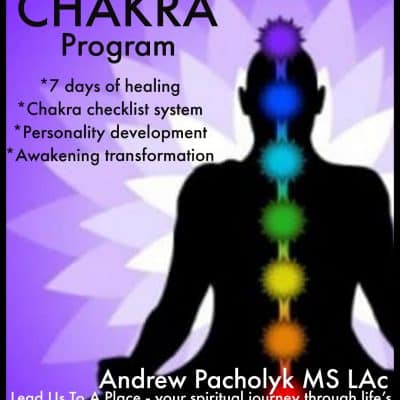
7 Day Chakra Program Ebook
$ 9.95 -

Agate Eye
$ 19.95 -
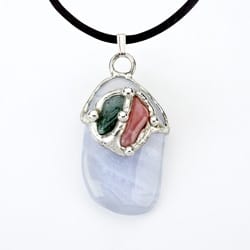
Air Element Drop Necklace
$ 34.95 -
Sale!
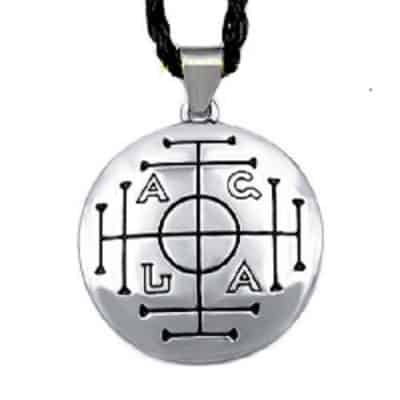
Ancient Money Talisman
$ 17.77 -

Apophyllite Tumblestone Plus
$ 6.95 -

Aquarius Astro Candle
$ 14.95 -

Aquarius Medicine Pouch
$ 14.95 -
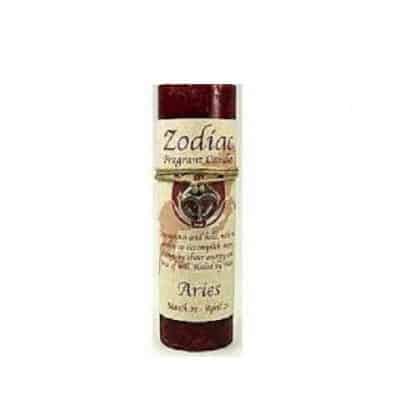
Aries Astro Candle
$ 14.95 -
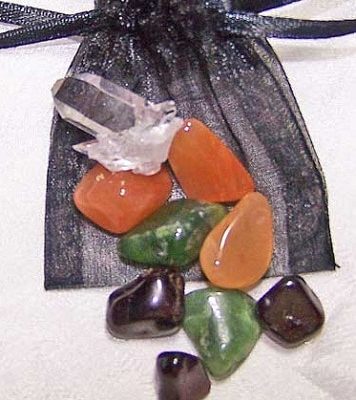
Aries Medicine Pouch
$ 14.95 -

Astrological Incense
$ 5.95 -
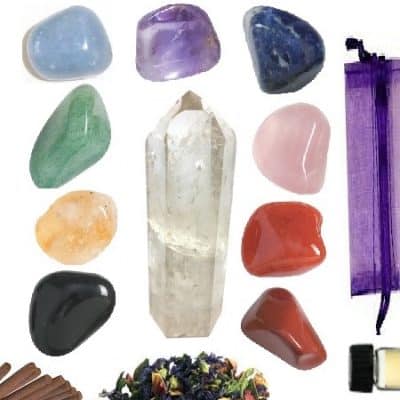
Aura Crystal Cleanse Kit
$ 24.95 -

Beltane Love Kit
$ 39.95 -

Birthday Candle Set
$ 14.95 -

Birthday Stone Gift Set
$ 24.95 -

Blessed Incense Collection®
$ 11.95 -
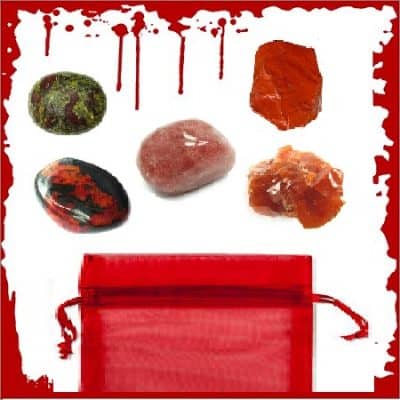
Blood Moon Crystal Pouch
$ 21.95 -
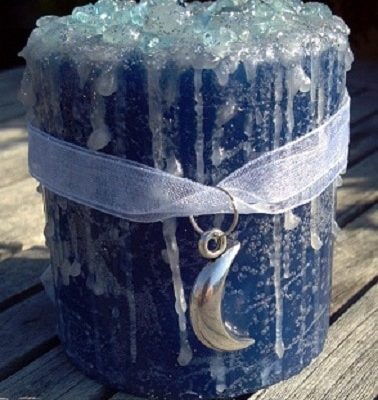
Blue Moon Candle
$ 19.95 -
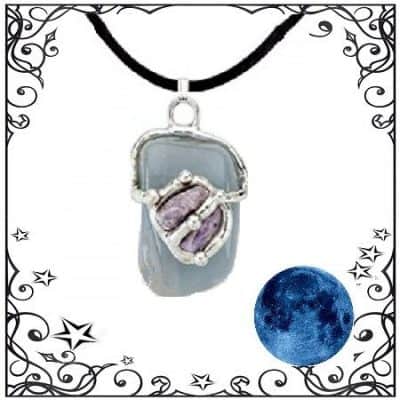
Blue Moon Drop Pendant
$ 34.95 -
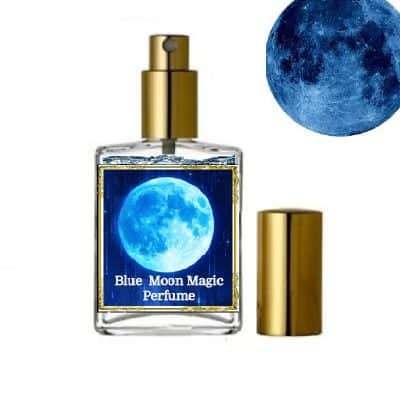
Blue Moon Perfume
$ 28.00 -
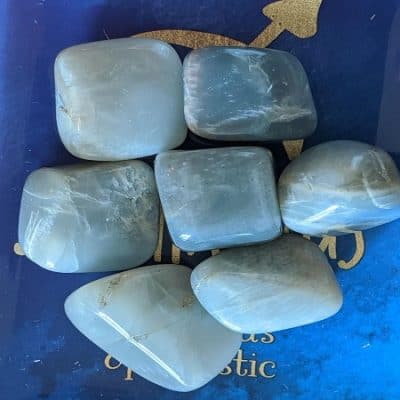
Blue Moonstone Tumblestone
$ 14.95 -
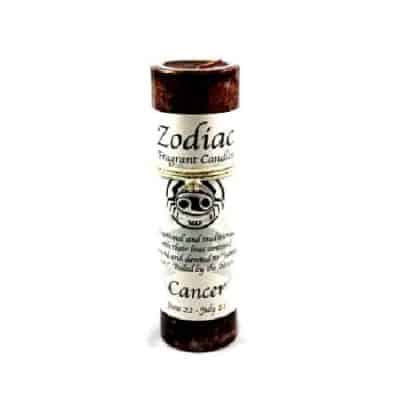
Cancer Astro Candle
$ 14.95 -
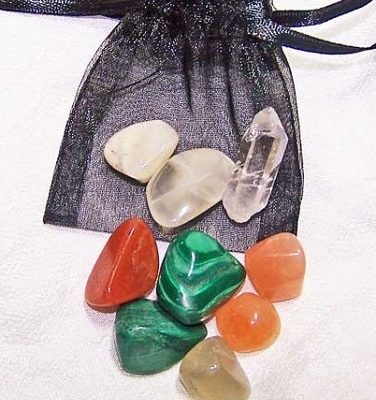
Cancer Medicine Pouch
$ 14.95 -
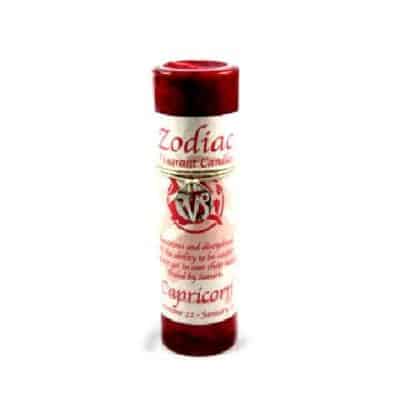
Capricorn Astro Candle
$ 14.95 -
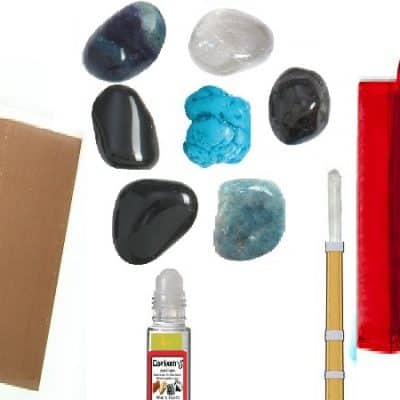
Capricorn Crystal Astro Grid
$ 34.95 -
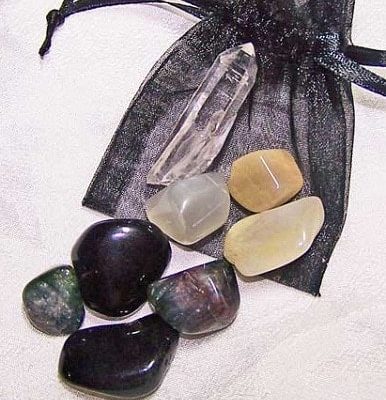
Capricorn Medicine Pouch
$ 14.95 -
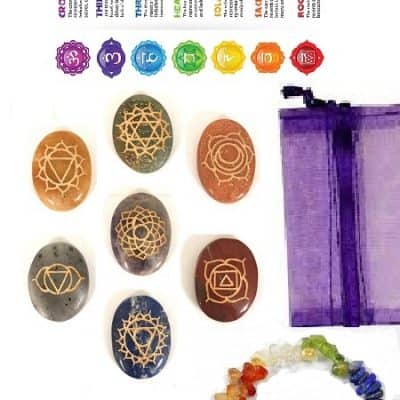
Chakra Petal Set
$ 21.95 -

Chakra Scent-ology ™ Perfume
$ 59.95 -

Complete Chakra Healer Kit
$ 21.95 -
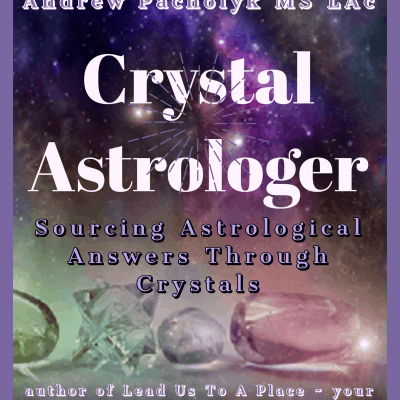
Crystal Astrologer Course
$ 249.00 -
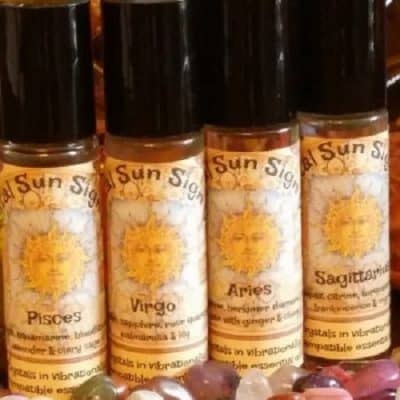
Crystal Sun Sign Oils
$ 12.95 -
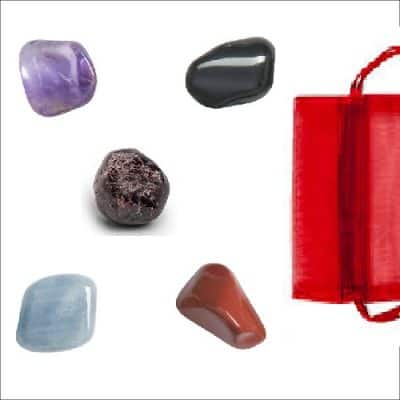
Crystals for Mercury Retrograde
$ 14.95 -
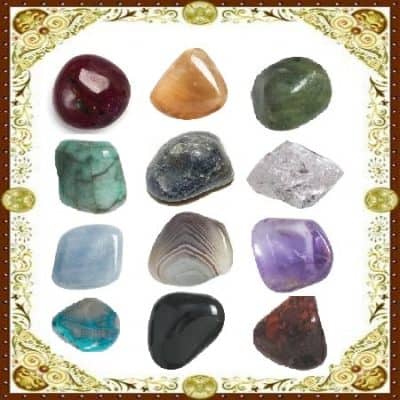
Crystals of the Breastplate Collection
$ 49.95 -
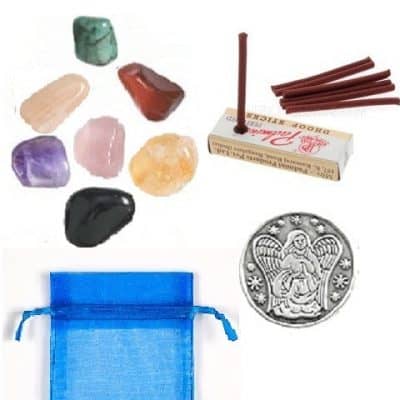
Daily Archangels Gem Bag
$ 21.95 -
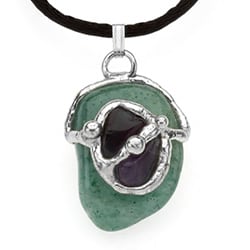
Earth Element Drop Necklace
$ 34.95 -
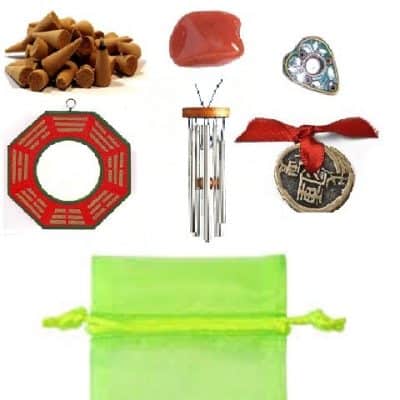
Feng Shui Birthday Gift Set
$ 24.95 -
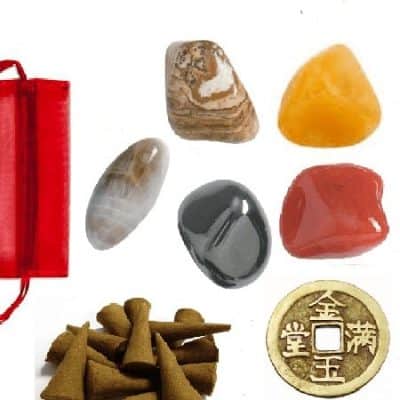
Feng Shui Zodiac Crystals
$ 14.95 -
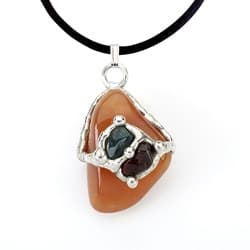
Fire Element Drop Necklace
$ 34.95 -

Full Moon Bath Salts
$ 14.95 -

Full Moon Candle
$ 14.95 -
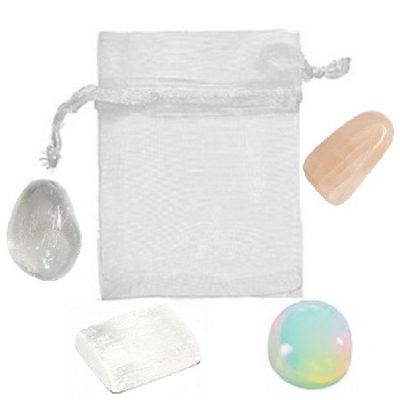
Full Moon Crystal Set
$ 14.95 -
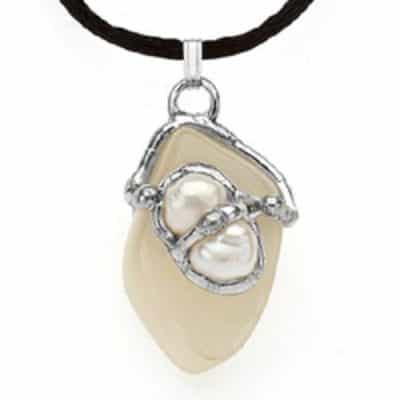
Full Moon Drop Pendant
$ 39.95 -
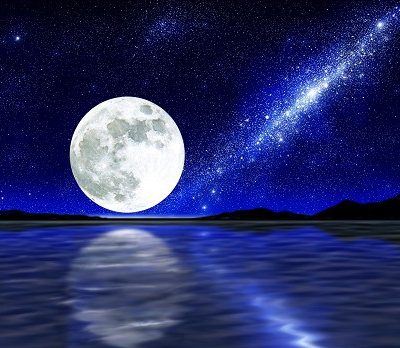
Full Moon Incense
$ 4.95 -

Full Moon Resin Incense
$ 6.95 -
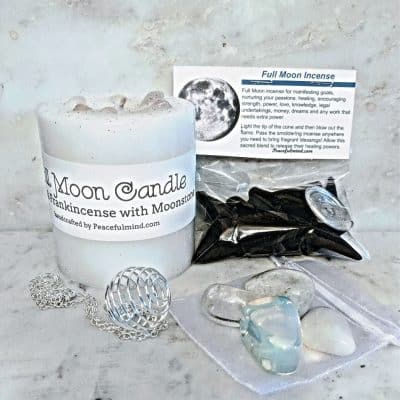
Full Moon Ritual Kit
$ 29.95 -

Gemini Astro Candle
$ 14.95 -

Gemini Medicine Pouch
$ 14.95 -

Gold Aura Conductor Pendant
$ 34.95 -

Golden Dragon Mystic Perfume
$ 28.00 -

Imbolc Elixir Oil
$ 9.95 -

Jasmine Incense Cones
$ 4.95 -

Lava Rock Chakra Bracelet
$ 14.95 -
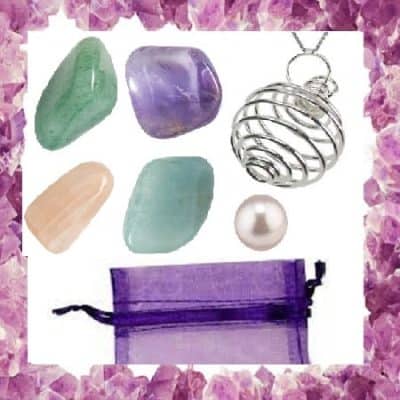
Law of Attraction Crystal Pouch
$ 21.95 -

Leo Astro Candle
$ 14.95 -
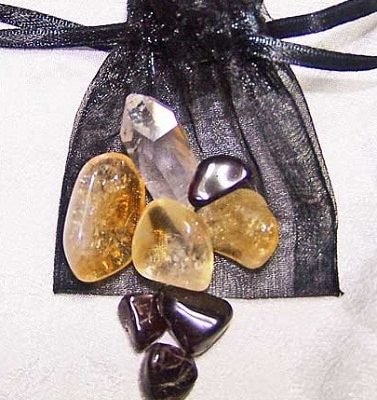
Leo Medicine Pouch
$ 14.95 -
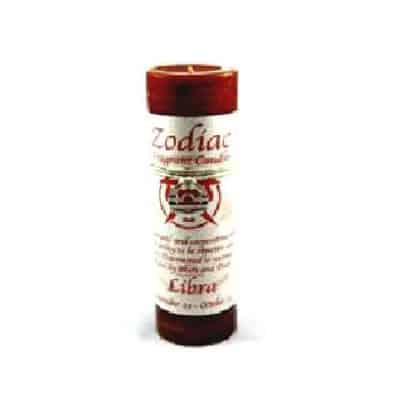
Libra Astro Candle
$ 14.95 -
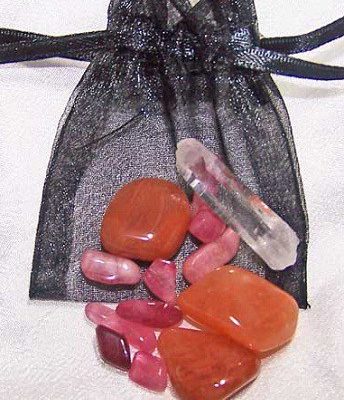
Libra Medicine Pouch
$ 14.95 -
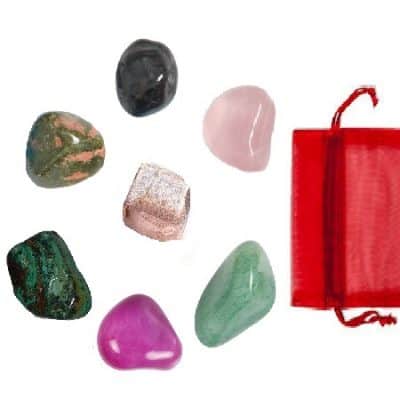
Love Stone Collection
$ 21.95 -
Sale!
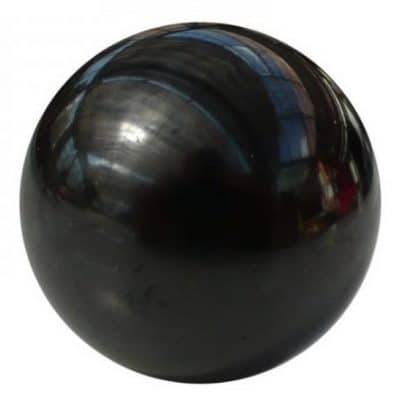
Lumerian Jade Sphere
$ 59.95 -
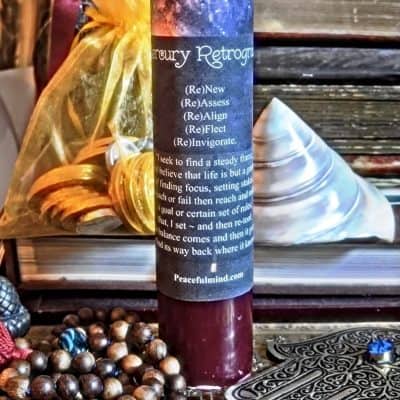
Mercury Retrograde Candle
$ 17.77 -

Mercury Retrograde Incense Cones
$ 6.95 -

Mermaid’s Wish Perfume
$ 28.00 -

Money Draw Perfume
$ 28.00 -
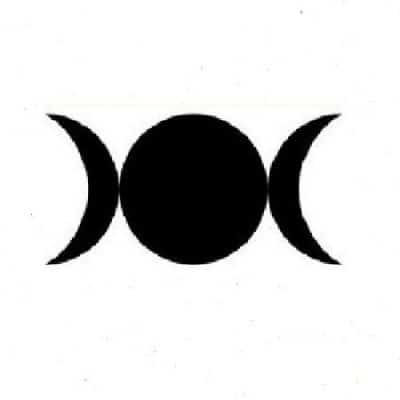
Moon Goddess Incense Cones
$ 4.95 -
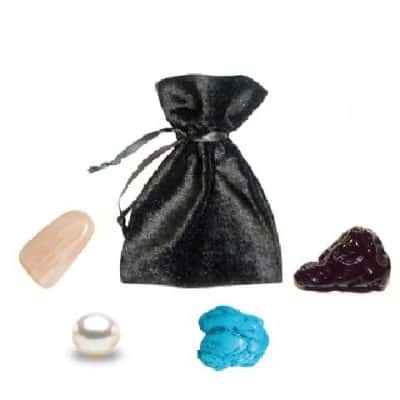
Moon Sign Pouch
$ 21.95 -
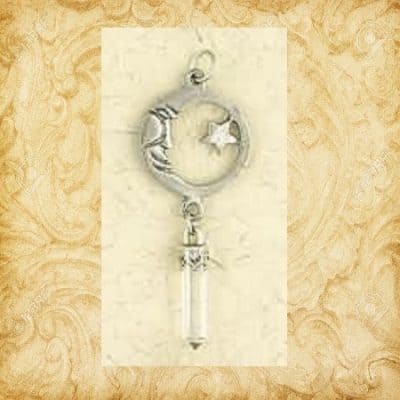
Moon Star Crystal Pendant
$ 21.95 -
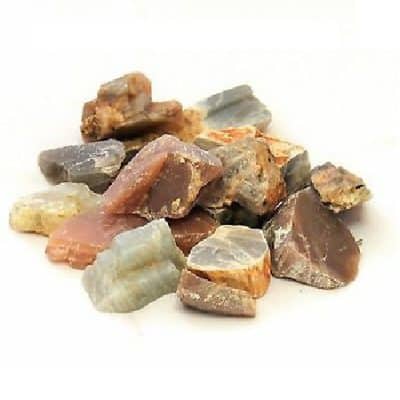
Moonstone Rough
$ 6.95 -

Mystic MOON Glow Essential Oil Blends
$ 9.95 -
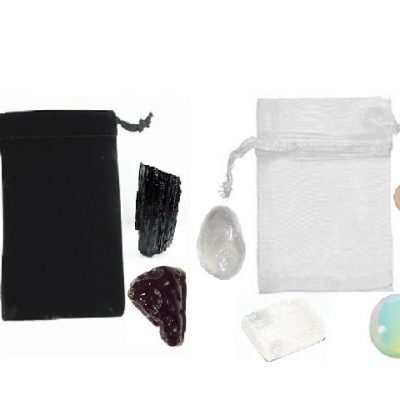
New & Full Moon Crystal Set
$ 24.95 -

New Moon Bath Salts
$ 14.95 -

New Moon Beginnings Perfume
$ 28.00 -

New Moon Candle
$ 14.95 -
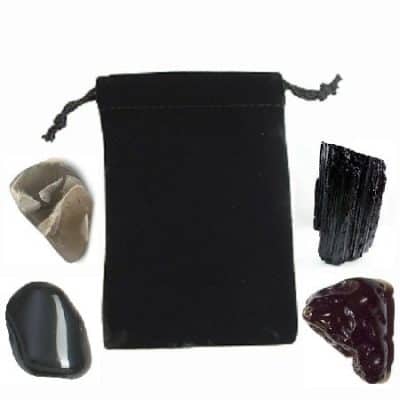
New Moon Crystal Set
$ 14.95 -

New Moon Drop Pendant
$ 39.95 -
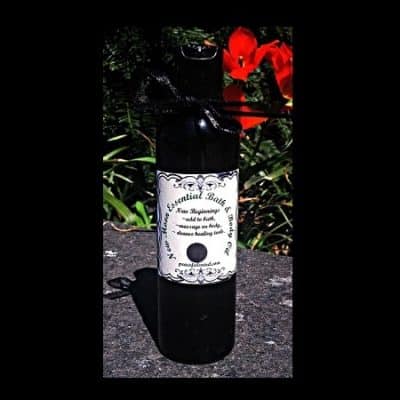
New Moon Essential Bath & Body Oil
$ 19.95 -
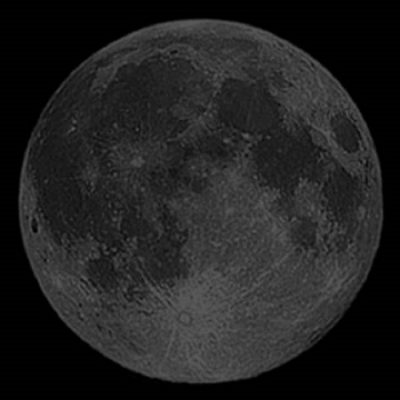
New Moon Incense
$ 4.95 -

New Moon Resin Incense
$ 6.95 -
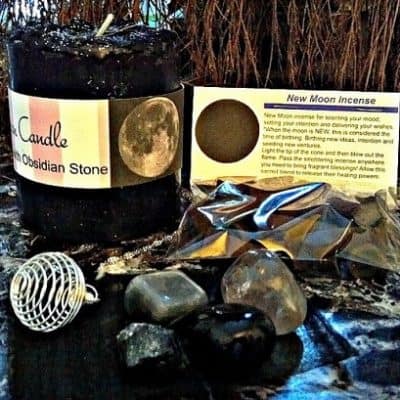
New Moon Ritual Kit
$ 29.95 -

New Moon/Full Moon Candle Set
$ 27.95 -
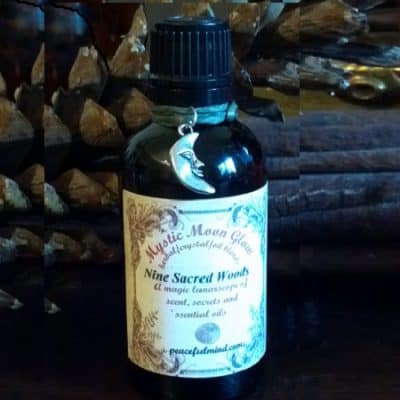
Nine Sacred Woods Elixir Oil
$ 9.95 -
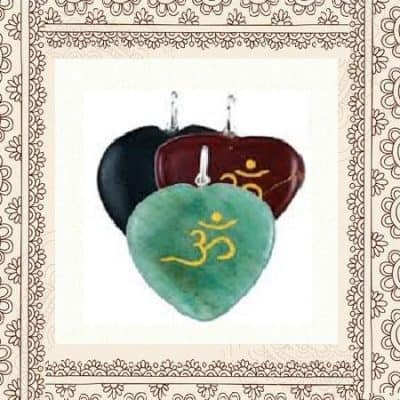
OM Stone Heart Pendant
$ 9.95 -
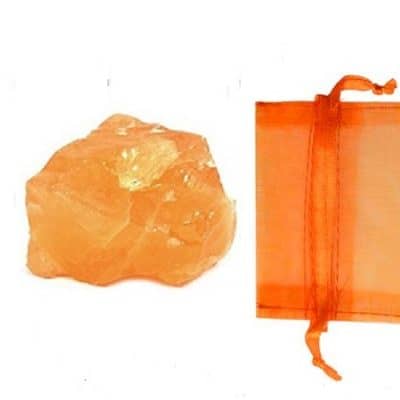
Orange Calcite Rough
$ 4.49 -
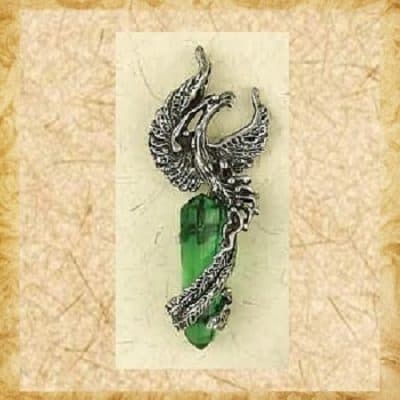
Phoenix Rising Pendant
$ 24.95 -
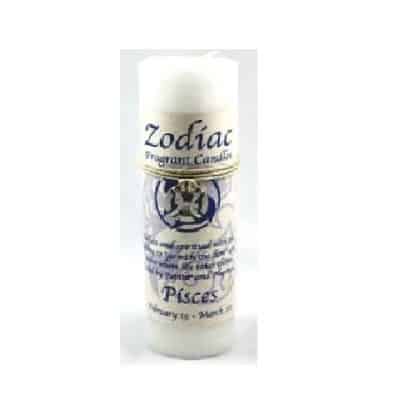
Pisces Astro Candle
$ 14.95 -
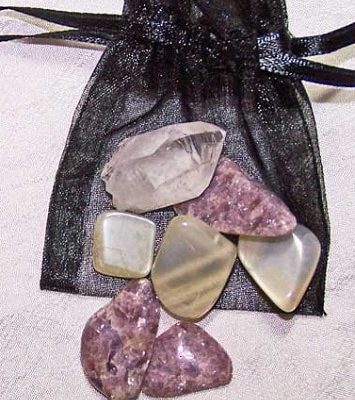
Pisces Medicine Pouch
$ 14.95 -

Priority of Life Kit Cleansing
$ 29.95 -

Private Reading with Tonio
$ 295.00 -
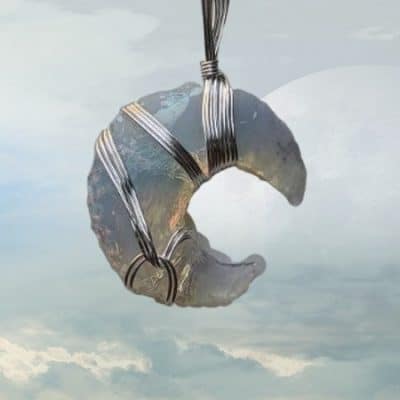
Rainbow Opal Moon Pendant
$ 38.00 -

Sacred Intention Incense Sticks
$ 6.95 -

Sage Clearing Spray
$ 14.95 -

Sagittarius Astro Candle
$ 14.95 -
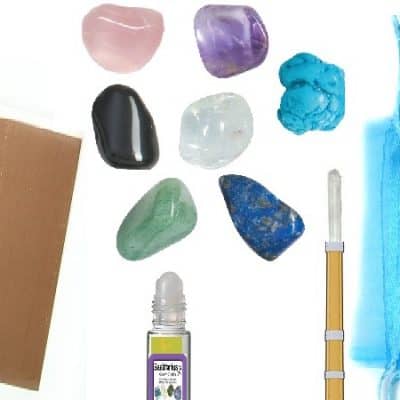
Sagittarius Crystal Astro Grid
$ 34.95 -
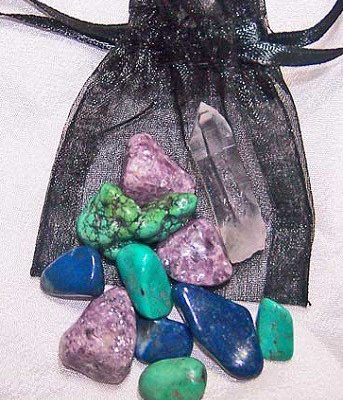
Sagittarius Medicine Pouch
$ 14.95 -

Sahara Desert Stone
$ 11.95 -

Scorpio Astro Candle
$ 14.95 -
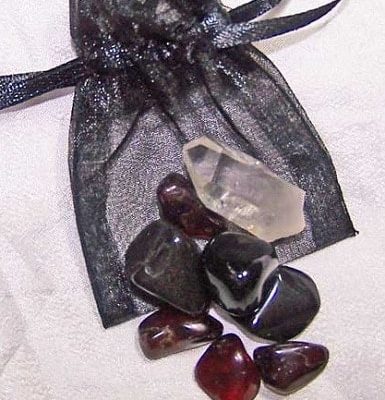
Scorpio Medicine Pouch
$ 14.95 -
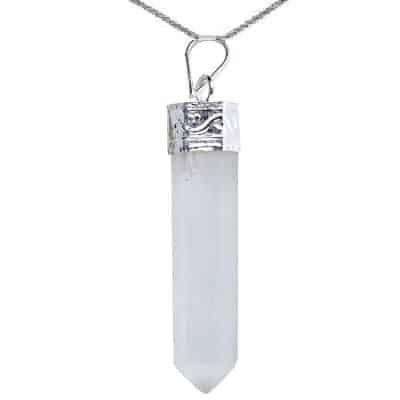
Selenite Moon Glow Pendant
$ 19.95 -

Selenite Rough Stone
$ 3.95 -

Shungite Energy Water
$ 14.95 -

Sodalite Tumblestone Only
$ 2.95 -

Sodalite Tumblestone Plus
$ 3.95 -
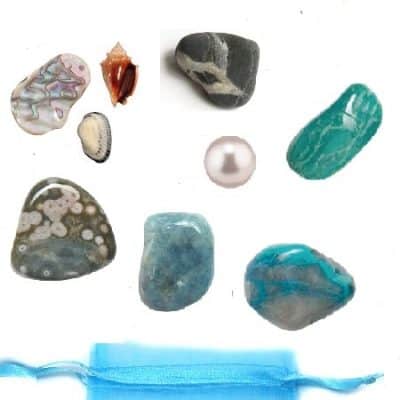
Stones of the Sea Pouch
$ 19.95 -

Summer of Love Essential Oil Blends
$ 11.95 -
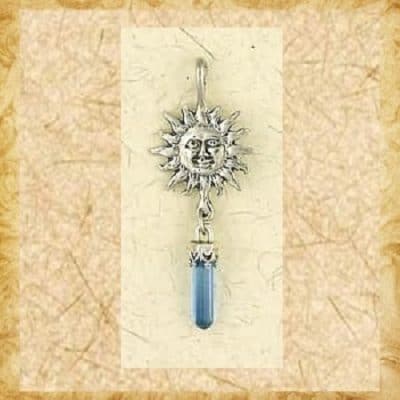
Sun “Life Force” Pendant
$ 21.95 -
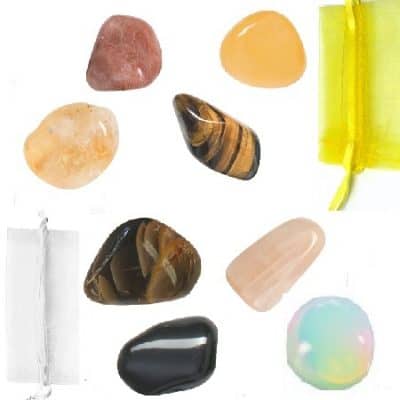
Sun & Moon Crystal Set
$ 24.95 -
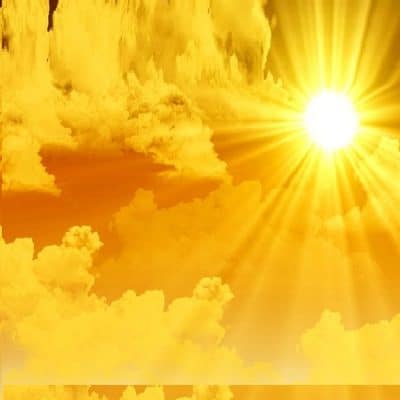
Sun Incense
$ 4.95 -

Sun Resin Incense
$ 6.95 -
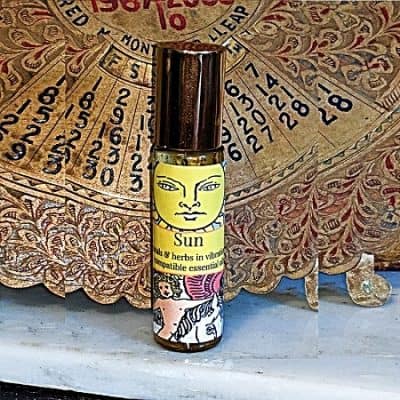
Sun Tarot Oil
$ 13.95 -

Sunstone Rough
$ 4.49 -

Sunstone Tumblestone Only
$ 4.95 -

Sunstone Tumblestone Plus
$ 5.95 -

Tar Water
$ 14.95 -
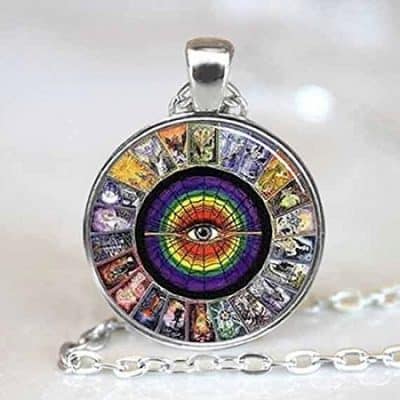
Tarot Wheel Pendant
$ 12.95 -
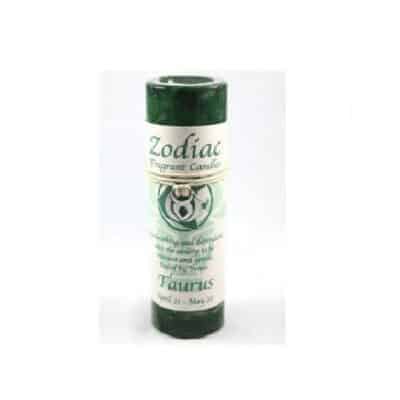
Taurus Astro Candle
$ 14.95 -
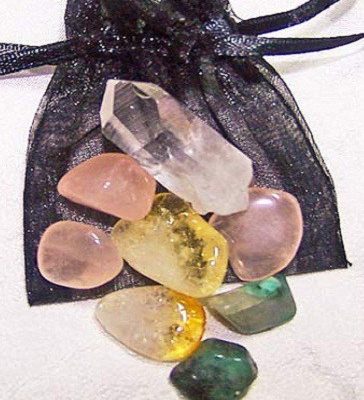
Taurus Medicine Pouch
$ 14.95 -
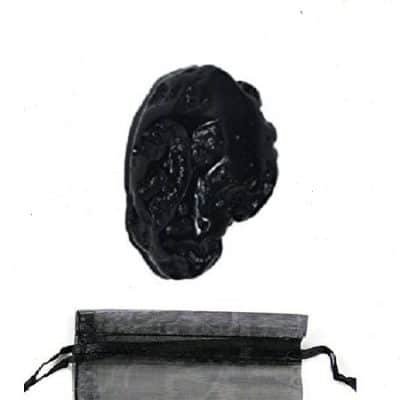
Tektite Stone
$ 4.95 -

Themed Gift Sets
$ 39.95 -

Total Eclipse Elixir Oil
$ 9.95 -

Triple Blessing Oil
$ 11.95 -
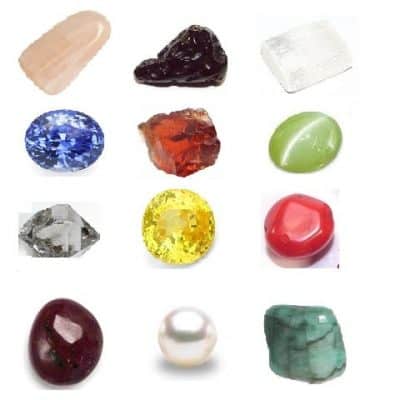
Vedic Planets Crystal Pouch
$ 59.95 -

Virgo Astro Candle
$ 14.95 -

Virgo Medicine Pouch
$ 14.95 -
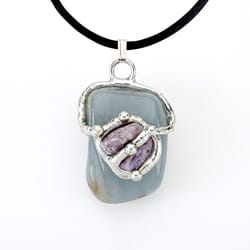
Water Element Drop Necklace
$ 34.95 -
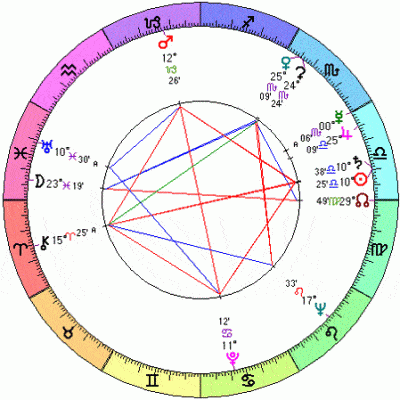
Your Personal Birth Chart
$ 14.95 -
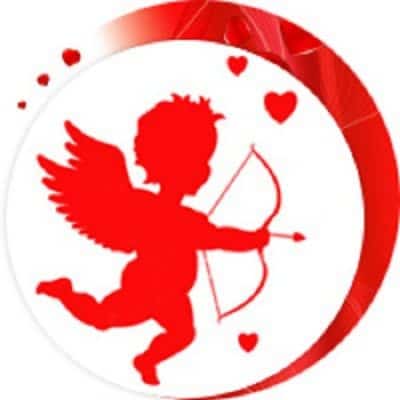
Your Relationship Charts
$ 39.95 -
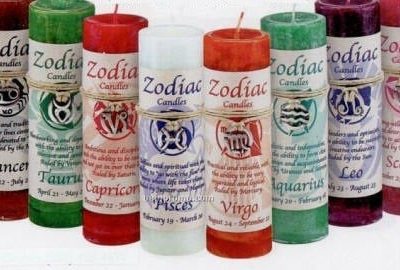
Zodiac Astro-Candles
$ 14.95 -

Zodiac Medicine Pouches
$ 14.95
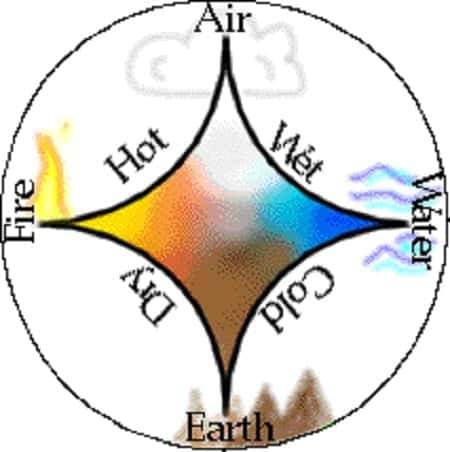
The Elements
In astrology there are four classical elements. When looking at the sun signs, the sequence is always Fire, Earth, Air and Water in this order. This cycle continues twice ending with the twelfth sign of Pisces. The elemental rulerships for the twelve astrological signs of the zodiac are summarized as follows:
* Fire – Aries, Leo, and Sagittarius – hot, dry; ardent
* Earth – Taurus, Virgo, and Capricorn – cold, dry; heavy
* Air – Gemini, Libra, and Aquarius – hot, wet; light
* Water – Cancer, Scorpio, and Pisces – cold, wet; soft
(+)Aries, Gemini, Leo, Libra, Sagittarius and Aquarius are the positive, dominant, active, yang, masculine signs referring to any of the six odd-numbered signs of the zodiac. These signs constitute the fire and air.
(-)Taurus, Cancer, Virgo, Scorpio, Capricorn and Pisces are the negative, receptive, passive, yin, nocturnal, feminine signs referring to any of the six even-numbered signs of the zodiac. These signs constitute the earth and water.
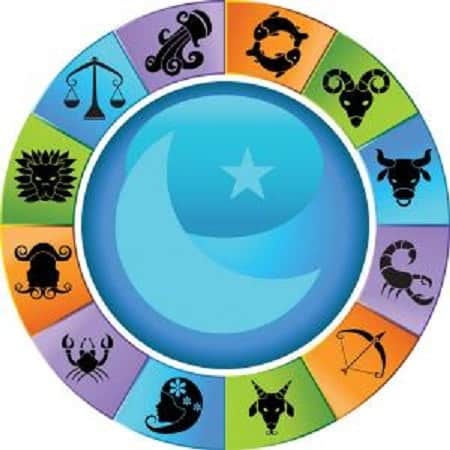
Astrological Houses
Your astrological birth chart is divided into twelve areas called houses. They are numbered from the left side counterclockwise around the chart. The chart represents the planets against a background of the signs of the zodiac. The birth chart is drawn in the shape of a circle and divided into 12 segments or houses. The houses of the horoscope represent different areas of life, described in terms of physical surroundings as well as personal life experiences. he houses tell you where in your life the effect will be felt. All areas of experience can be found in one of the houses. For an in depth analysis of your houses, take a look:
1st House – Aries – Life
2nd House – Taurus – Wealth
3rd House – Gemini – Brothers
4th House – Cancer – Parent
5th House – Leo – Children
6th House – Virgo – Health
7th House – Libra – Spouse
8th House – Scorpio – Death
9th House – Sagittarius – Trips
10th House – Capricorn – Status
11th House – Aquarius- Friendship
12th House – Pisces – Prison
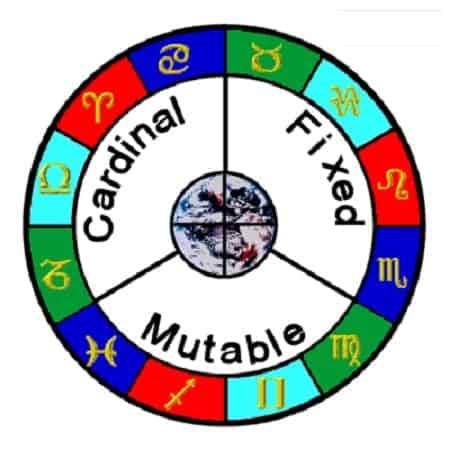
Zodiac Quadruplicates
Signs are also divided into three sectors comprising four signs each. They are the Cardinal, Fixed, and Mutable sectors. Quadruplicates are also referred to as modes. Like elements, they rule different values and have characteristics of their own.
The Cardinal Signs of Aries, Cancer, Libra, Capricorn, take action. They charge right in and get the job done. The Cardinal Signs show where in your life you will tend to take action. They are the instigators; ready to forge ahead with plans…
The Fixed Signs of Taurus, Leo, Scorpio, Aquarius, like stability. They want to own things. They want to be the boss and let the cardinal signs run things for them. Fixed Signs are stubborn, fixed in position. They frequently take longer to start, but they never seem to stop…
The Mutable Signs of Gemini, Virgo, Sagittarius, Pisces, are more adaptable and deal more easily with change. The adaptability of mutable signs makes them light on their feet in a crisis. They travel well in and among different types of people…
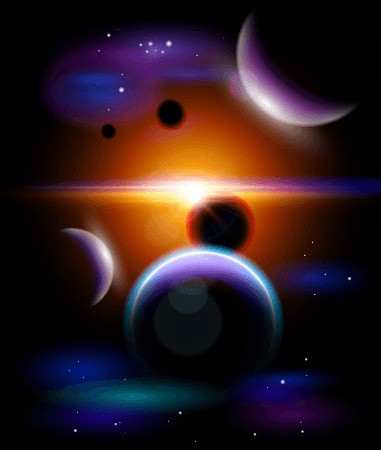
Astrological Planets
Planets in astrology have a meaning different from modern astronomy. To ancient astrologers, the planets represented the will of the Gods and their influence on human affairs. To modern astrologers, the planets represent basic drives and impulses within the human psyche. These drives express themselves as different qualities throughout the twelve signs of the zodiac and in different circles of life through the twelve houses.
How exactly the planets manifest themselves also depends on their relationship to each other in the sky as seen from Earth. The patterns that the planets make in the sky reflect the ebb and flow of basic human impulses. The planets are also associated, especially in the Chinese tradition, with the basic forces of nature. The planets are an influential energy source that exerts power over you depending where they where at the time of your birth.
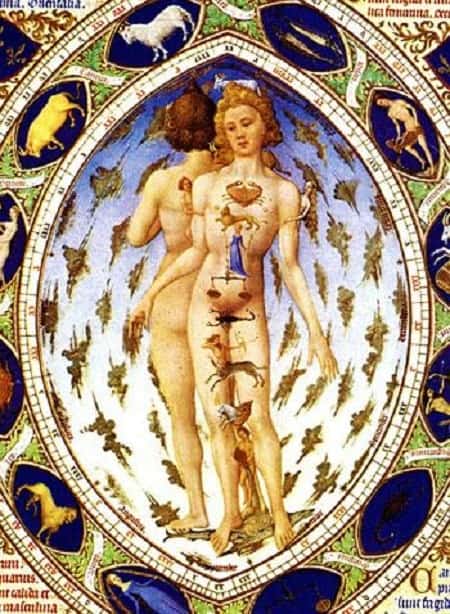
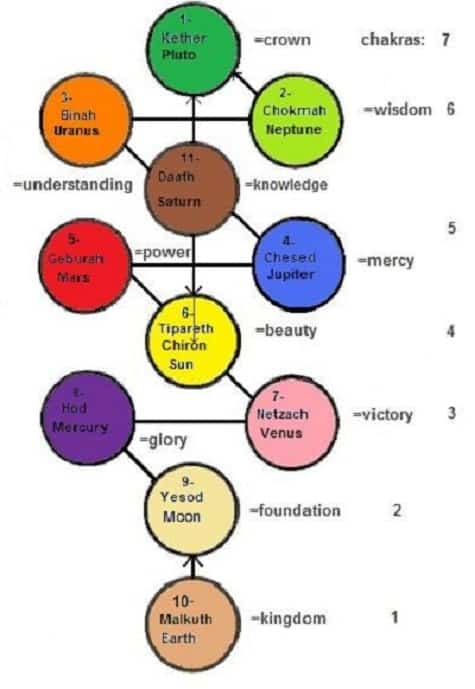
Medical Astrology
Medical astrology, traditionally known as Iatromathematics, is an ancient medical system of healing connecting the body and disease with the twelve astrological signs. Each astrological sign, along with the sun, moon, and planets are associated with different parts of the human body that correlate to disorders of its associated muscles, nerve systems and organs.
The system of medical astrology has been used to codify the associations of the signs of the zodiac with the parts of the body as follows:
Aries – head, face, brain, eyes
Taurus – throat, neck, thyroid gland, vocal tract
Gemini – arms, lungs, shoulders, hands, nervous system, brain
Cancer – chest, breasts, stomach, alimentary canal
Leo – heart, chest, spine, spinal column, upper back
Virgo – digestive system, intestines, spleen, nervous system
Libra – kidneys, skin, lumbar region, buttocks
Scorpio – reproductive system, sexual organs, bowels, excretory system
Sagittarius – hips, thighs, liver, sciatic nerve
Capricorn – knees, joints, skeletal system
Aquarius – ankles, calves, circulatory system
Pisces – feet, toes, lymphatic system, adipose tissue
The planets are also associated with certain portions and functions within the body:
Sun – heart, spine, and general vitality
Moon – stomach, digestive system, female organs, lymphatic system
Mercury – brain, central nervous system, thyroid gland, five senses, hands
Venus – throat, kidneys, thymus gland, sense of touch, ovaries
Mars – muscles, head, adrenal glands, senses of smell and taste
Jupiter – liver, thighs, feet, growth, pituitary gland
Saturn – skin, hair, teeth, bones, the body’s defenses, spleen
Uranus – parathyroid gland, neural activity, aura
Neptune – pineal gland, psychic healing
Pluto – pancreas, metabolism, elimination
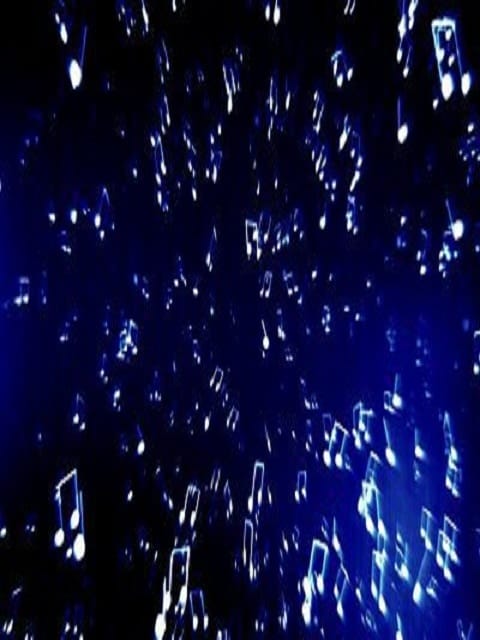
Astrological Music Therapy Playlist
Astrology is a fascinating art (and science) that has engaging, authentic and real connections to our psychological spirit. Captured in song, some of the most moving and awe-inspiring music has been written for the zodiac signs and their associated planets.
I thought it would be a wonderful opportunity to share some of the most renowned music written for astrology. These melodies have been written in the classical genre and their themes relay their message, rhythms and tempo of the Gods and their associated planets. Discover how astrology can be expressed in song. I call this list:
The Planets In Song: A Playlist of Epic Proportions
2. Mercury Holst: The Planets: III. Mercury, The Winged Messenger
3. Venus Holst: The Planets: II. Venus, the Bringer of Peace
4. Earth Dance Of Spirits of Earth (Moderato – Andante) –
5. Moon Claire de Lune
6. Mars Holst: The Planets: I. Mars, the Bringer of War
7. Jupiter Holst: The Planets: IV. Jupiter, the Bringer of Jollity
8. Saturn Holst: The Planets: V. Saturn, the Bringer of Old Age
9. Uranus Gustav Holst: The Planets: VI. Uranus, The Magician
10. Neptune Holst: The Planets: VII. Neptune, the Mystic
11. Pluto Pluto, The Renewer
12. The Complete Planet Collection Holst, The Planets
Moon Signs
The sign occupied by the Moon at your time of birth is an indicator of your emotional and physical nature. It describes your unconscious, instinctive reactions, what is innate. Moon signs define our emotions and make up the unconscious side of our personality. This is the place where we go to find comfort, peace and childhood memories. These signs also have an affect on our senses, such as sight, smell, taste, hearing and touch. They are all connected to our subconscious memories and affect us differently than the Sun’s Zodiac signs, by showing us what kind of experience we need in order to feel emotionally satisfied.
Chinese Horoscope
Chinese New Year starts with the New Moon on the first day of the Lunar new year and ends on the full moon 15 days later. The lunar calendar has a sixty year cycle. In Chinese Astrology, the five basic elements of Metal, Water, Wood, Fire and Earth, which make up all matter, are combined with the twelve animal signs of Rat, Oxen, Tiger, Rabbit, Dragon, Snake, Horse, Sheep/Goat, Monkey, Rooster, Dog and Boar/Pig to form the sixty year cycle. One’s Chinese horoscope is based on which lunar year in this sixty year cycle one was born.
Celtic Astrology
The Celtic Calendar is a compilation of pre-Christian Celtic systems of timekeeping, including the Gaulish Coligny calendar, used by Celtic countries. The Ogham (commonly pronounced Oh-m) is an early Medieval alphabet used primarily to transcribe the early and late period, Irish language The glyphs are the only written form left by the Druids. The Ogham is sometimes called the Celtic Tree Alphabet, based on ancient medieval traditions, ascribing names of trees to the individual letters. The Ogham were associated with the 13 sacred trees and followed the 13 moons of the calendar year.
Vedic Astrology
This ancient art is the traditional Hindu system of astrology, also known as Indian astrology or Vedic astrology. Vedanga Jyotisha is one of the earliest texts about astronomy within the Vedas. However, historical documentation shows that horoscopic astrology in the Indian subcontinent came from Hellenistic influences, post-dating the Vedic period. Astrology remains an important facet of Hindu folk belief in contemporary India. Many Hindus believe that heavenly bodies, including the planets, have an influence throughout the life of a human being, and these planetary influences are the “fruit of karma.”

Today’s Your Birthday
Happy Birthday!!
A birthday is a day or anniversary when we celebrate our special date of birth. Birthdays are a big deal. Monumental. Sacred. What could be bigger in your life than the day you were born? Birthdays are celebrated in numerous cultures, often with a gift, party or rite of passage.
At Peacefulmind.com, we are all about the rituals of honoring, empowering and enlightening your life. You will find specific information that is JUST FOR YOU!
Your Personal Birth Chart
A birth chart, also called natal chart, shows the positions of the stars in a chart drawn for the exact time of your birth at a particular place on Earth for the purposes of gaining more insight as to who you are. Because the sun, moon, planets, and primary angles in the sky are constantly in motion relative to the earth, as each second passes the natal/astrological birth chart is changing and a new chart is created for every moment at each location. A natal chart is extremely personal and unique, depending on the specific date, exact time, and precise location of the birth.
Your Relationship Charts
Now, you can take it one step further and calculate the astrological compatibility between yourself and another person. Tonio will compare your birth chart to the birth chart of your love and provide an in-depth analysis.
Tonio’s unique method is based on the psychology of each sign. We all know that each sign has their specific traits. We also know that each sign is influenced by their associated planets, moon and sun signs. Sun sign compatibility takes into account only one of hundreds of compatibility factors. Many other factors are involved when evaluating the compatibility of two people.
Private Reading w/Tonio!
As one of the most renowned, astrological intuitives on love relationships, Tonio has, for over 20 years, become most noted for his “Celestial Relationships“(tm) and finding the right astrological combination for YOU!
With “Celestial Relationships“(tm), there is no judgement when it comes to the astrological sciences. Tonio works on the energetic relationships between two people! By planning your life around your celestial connections, it can be so easy to create a harmonic work environment, a wonderful companion and even a good association with your family!
Study Energy Medicine at Home
The Peacefulmind.com Homestudy Courses make it possible for anyone to study energy medicine at home, on your time! These certifications programs are offered by the National Association of Holistic Wellness
*The Crystal Astrologer Course – Sourcing Astrological Answers Through Crystals, is the culmination of years of research and clinical study that Andrew has done in his NYC practice with his own patients. In this study course we will use crystals for astrological exploration, divination, crystal remedies and many other uses. Crystals have been used for astrological divination throughout the centuries for their subtle vibrational nature, which is thought to be linked to the vibrational powers of the cosmos. Crystals open a path to self-discovery, wisdom and inner knowledge, as well as tuning us into our own intuition. Want to know more?
*The Crystal Divination Workbook: This is Andrew’s NEW workbook, which utilizes the power of crystals for divination purposes! Andrew includes in this workbook: crystal grids, pendulum work and techniques, metaphysical properties of crystals, his Crystal Oracle Cards…and much more! Want to know more?
*Transitions: The Transformational Guide and Workbook for Creating Great Health This is the culmination of years of Andrew Pacholyk, MS, L.Ac. clinical work. This is a manual you can use, whether you are healthy or ill or somewhere in between and you want to re-balance your mind, body and spirit to become the whole person you can be! This workbook gives you a plan to take care of yourself. It can be used over and over to find balance and keep yourself as healthy as possible. It gives you “tools” to use when and where you need them. It helps to evaluate where you are in your journey and offers ways to get you exactly where you want to be! Want to know more?
*The “Color Elite” Color Therapy Certification Course Andrew Pacholyk, MS, L.Ac. has finally published his most complete healing course using the power of color and light therapy. This ultimate guide to chromotherapy teaches you about color and every aspect of it, how it is used in different therapeutic settings and how it has become such a great healing modality, no matter what profession you are in you will learn how to incorporate color into your daily life! Want to know more?
*The Crystal Light Crystal Therapy Course This incredible course is our biggest and most popular course on the internet! This is the study of crystals and how to heal with earth’s precious gems! Want to know more?
*Chakracology – A Workbook and Manual This workbook format allows you to look at the energy of the Chakra and how they affect us on a daily basis. The book allows you to work through each center on a mental, spiritual, as well as a physical level and then find ways to re-align, balance and manage your energy in a positive way! Want to know more?
*The Healing Art of Touch – Massage Therapy Homestudy Learn the art of touch and massage therapy through Andrew’s very extensive course. Complete anatomy lessons, varied techniques and amazing information is offered in this course. Also learn the business aspects of massage, how to cope with clients that are difficult and energy transference are just a few of the many topics covered! Want to know more?
*What’s Your Heart Telling You? Finding Love and Romance – The Workbook and Journal Andrew Pacholyk, MS, L.Ac. has now published his newest work based on years of personal intimacy, clinical experience, counseling and client research on the ways to navigate love, sex, romance and relationships in a modern day world. Andrew has devised this very thorough workbook and journal with questionnaires, exercises, quotes, tips, meditations, feng shui, aromatherapy, massage and herbal applications for creating the perfect scenario for finding, coping and keeping love in your life! Want to know more?
*The Feng Shui Journal The Peacefulmind.com Feng Shui Journal makes it possible for you to improve relationships, maximize career potential and enhance your environment! * We are honored to offer the Feng Shui Journal for beginner to advanced Feng Shui practitioners. This journal covers an extensive background on Feng Shui techniques history, usage, clearing, cleansing, manifesting and helpful information in order to bring balance back into your life! Want to know more?
What are your experiences with astrology?
Sharing your own experiences often helps others. We’d love to know in the Peacefulmind Community.
